What to do in Dresden, Germany? This historic city offers magnificent sights such as castles, palaces and parks, as well as art and multimedia experiences. Here are our top tips!
Table of contents
Dresden
Dresden experienced its absolute heyday under the leadership of August the Strong, Elector of Saxony from 1694 to 1733. The Electorate was large and powerful at the time, and August the Strong brought in Europe's top architects to make the city grand and beautiful. Dresden began to be compared to cities like Vienna and was nicknamed 'Elbflorenz' (Florence on the Elbe).
At the end of World War II, Dresden was completely destroyed in several massive bombing raids, and after the war it became a major industrial centre in communist East Germany.
Today, many of the old grand buildings have been rebuilt and the city has regained much of its former glory. The river Elbe flows through the city, with the Altstadt (Old Town) on one side and the Neustadt (New Town) on the other.
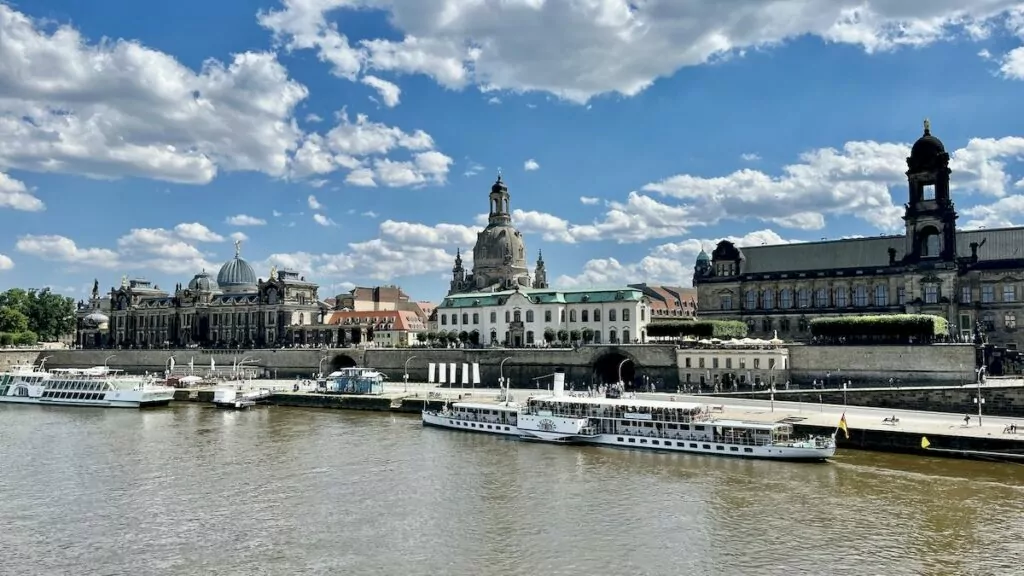
Dresden is located in the federal state of Saxony in eastern Germany, about 19 miles south of the capital Berlin.
What to do in Dresden?
What to see and do in Dresden? There is of course a lot to discover! We've compiled a list of our top tips here.
1. Walk in the Old Town
Dresden's old town, the Altstadt, is the part of Dresden where most of the historical sites are located. Here you'll find, for example, the Frauenkirche, the Residence Palace and the Zwinger Palace. The district is full of impressive buildings, and it's fascinating to think that most of this has been rebuilt after the destruction of the Second World War.
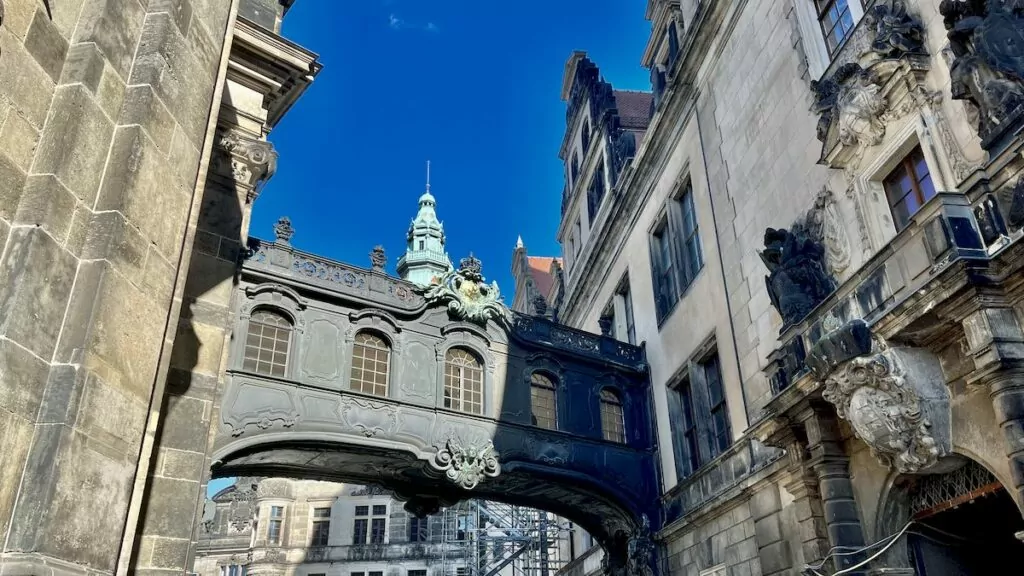
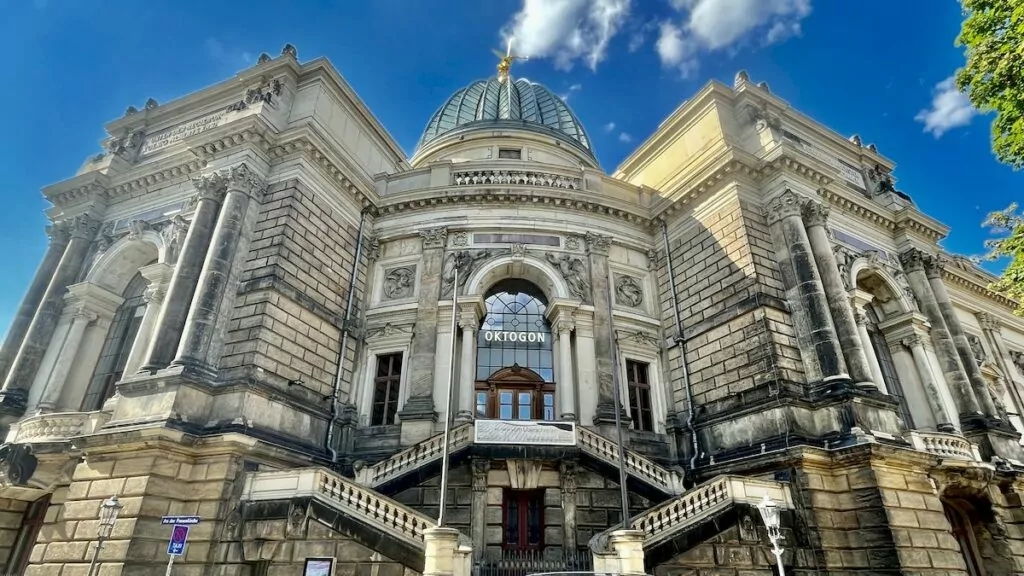
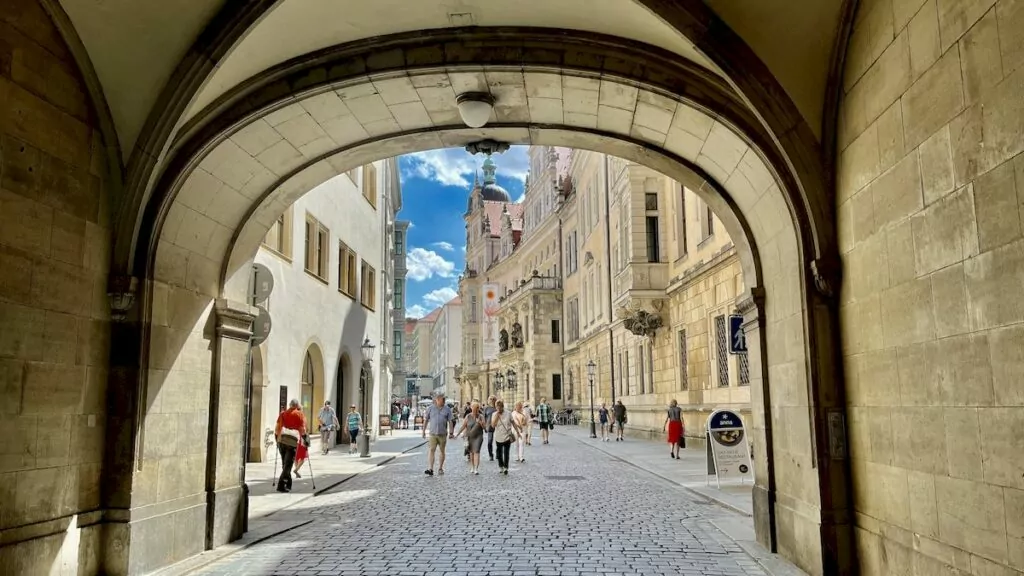
2. spana in "Furstenzug".
In the old town you can watch the Fürstenzug (Procession of the Princes). The picture was originally painted in 1871 - 1876 to celebrate the 800th anniversary of the Wettin dynasty, the ruling family of Saxony. To make the work weatherproof, it was replaced in the early 20th century by some 23 000 Meissen porcelain tiles. The work is 102 metres long and is known as the largest piece of porcelain art in the world.
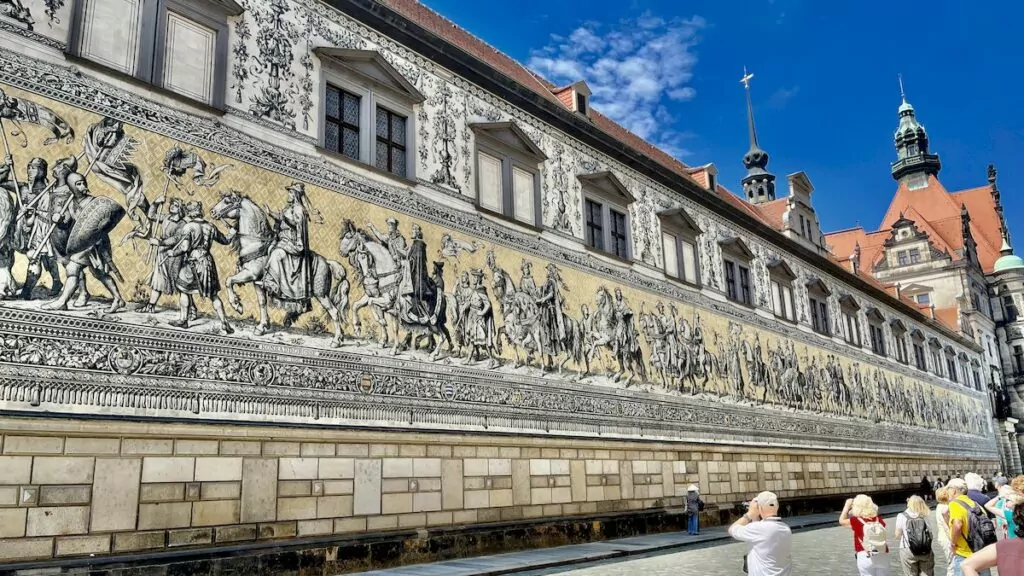
3. Be fascinated by the Frauenkirche church
The Frauenkirche (Church of Our Lady) is a Protestant church located in the centre of the city's main square, Neumarkt. The church was originally built between 1726 and 1743, but was completely destroyed during World War II. The church remained in ruins for 50 years as a reminder of the war, but was finally rebuilt in 1994-2005.
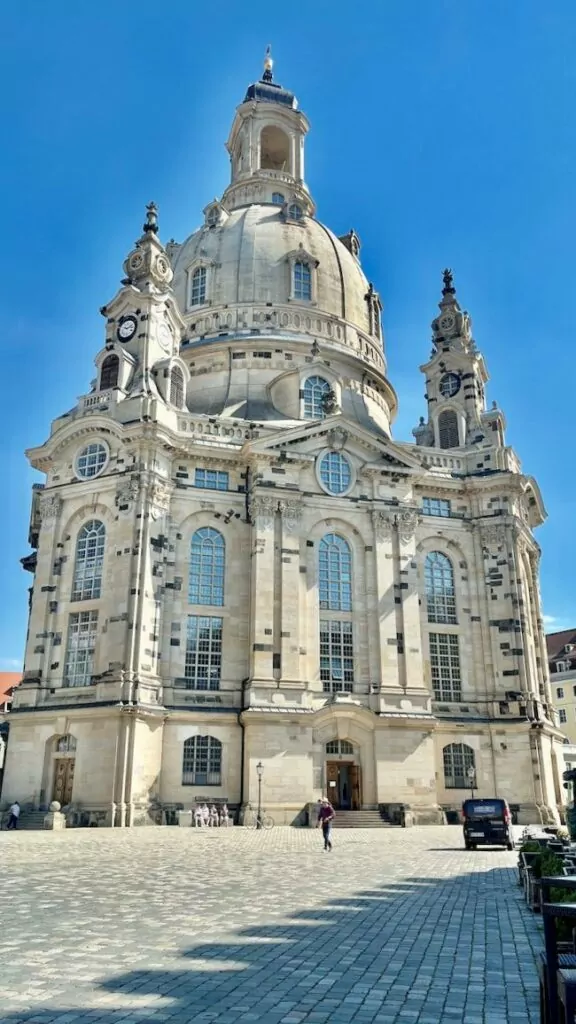
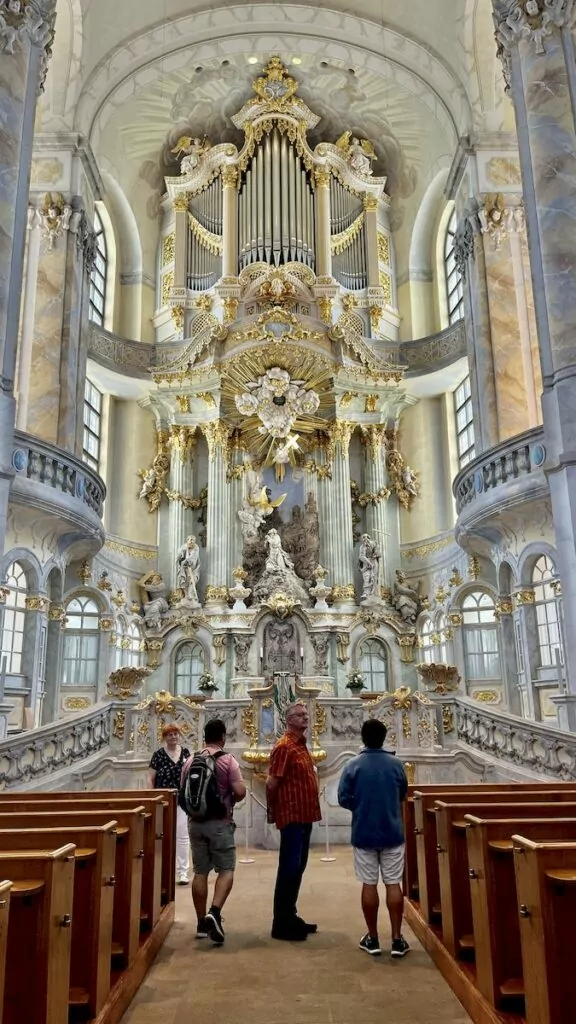
The church is beautiful both inside and out.
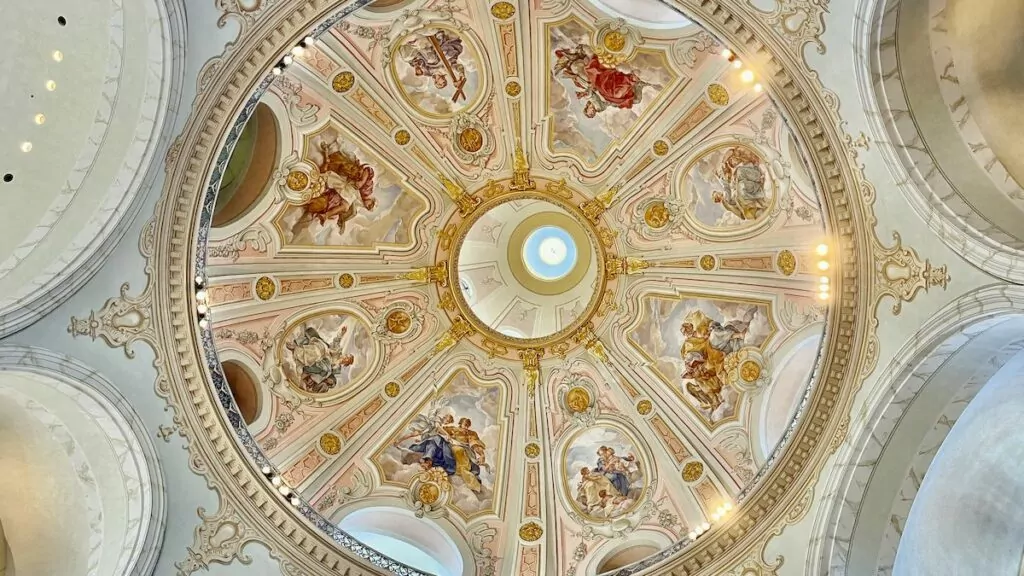
4. admire the Catholic Court Church
Another church worth checking out is the Katholische Hofkirche, also located in the Old Town. The church was built in 1739-1751 in baroque style, commissioned by Elector Frederick August II of Saxony. The church serves as the seat of the Catholic bishop of the Dresden-Meissen diocese.
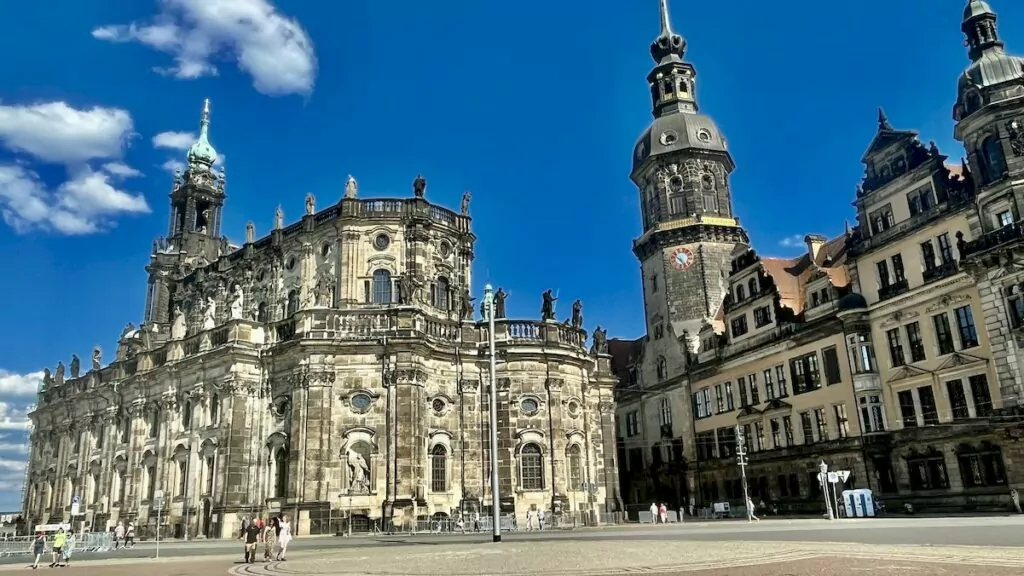
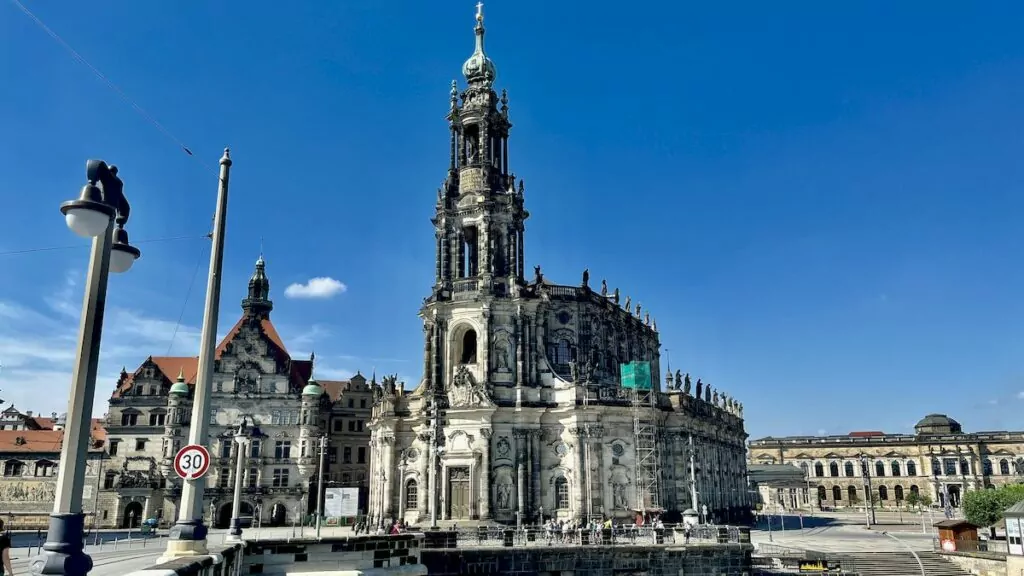
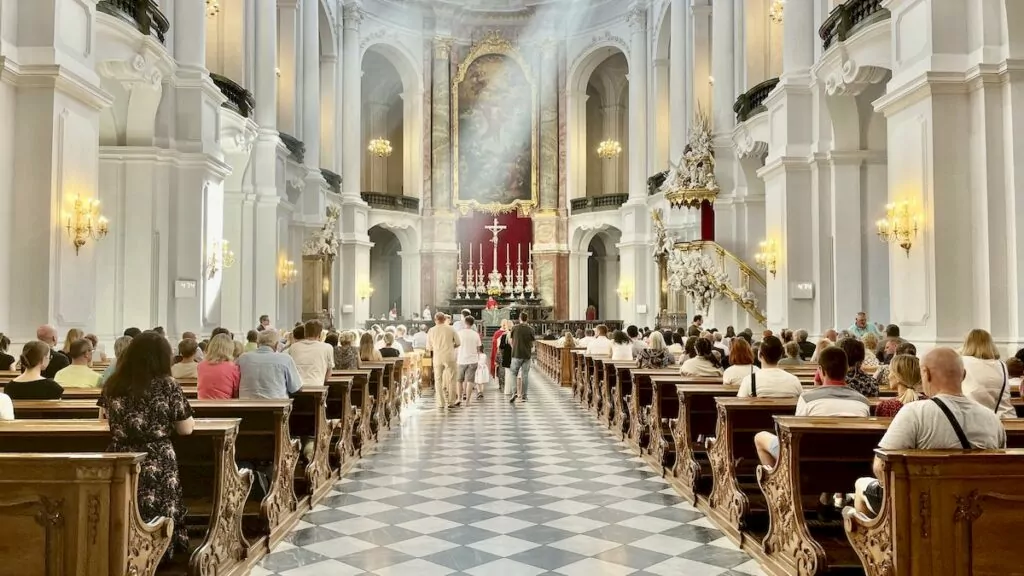
5. Stroll along Brühl's terrace
Another thing you won't want to miss in Dresden is strolling along the Brühl Terrace, which runs along the River Elbe on the Old Town side. Sometimes referred to as the 'balcony of Europe', it's a cosy place for a leisurely stroll.
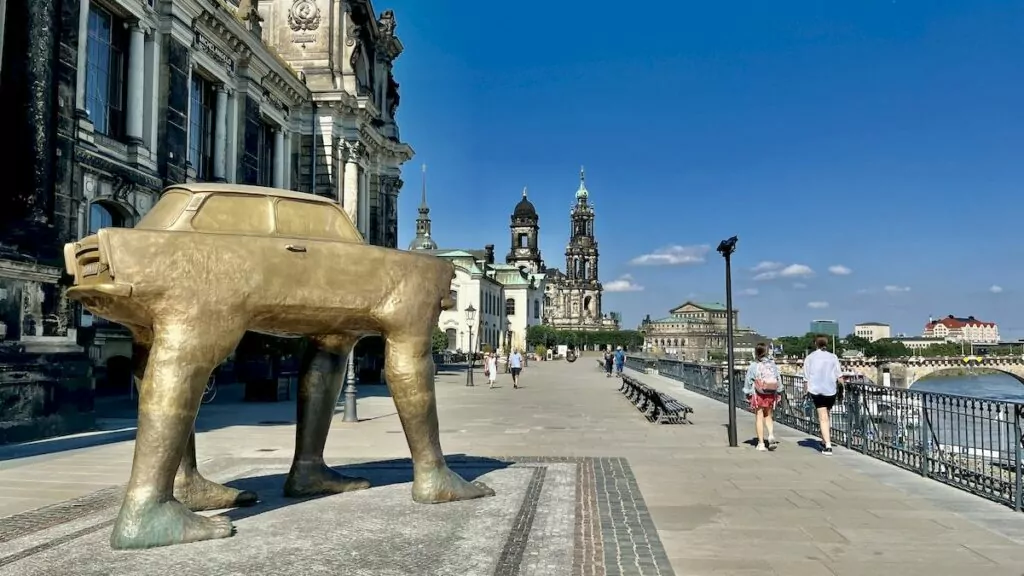
At one end is a small park, and along the terrace you'll also find various delightful works of art.
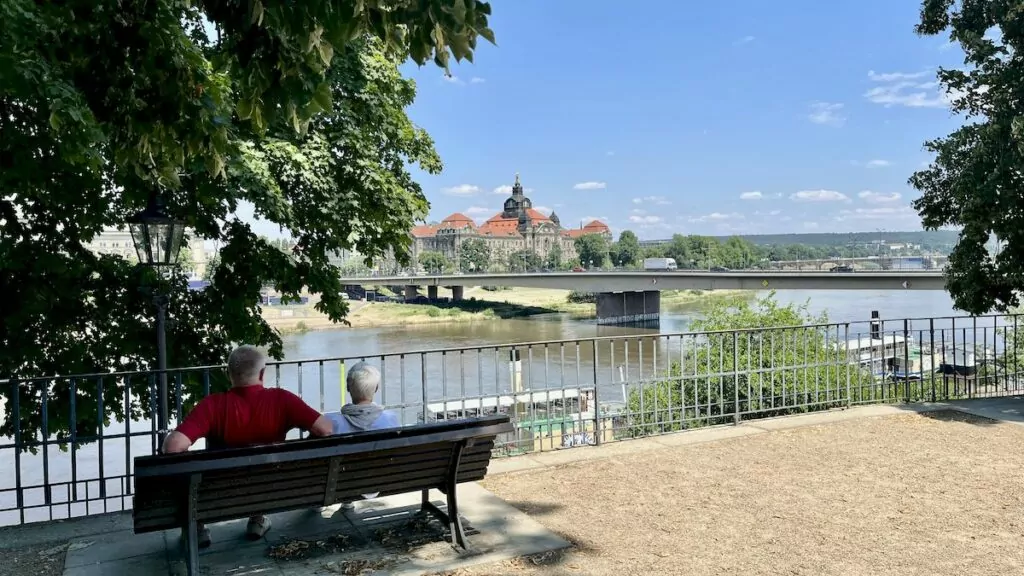
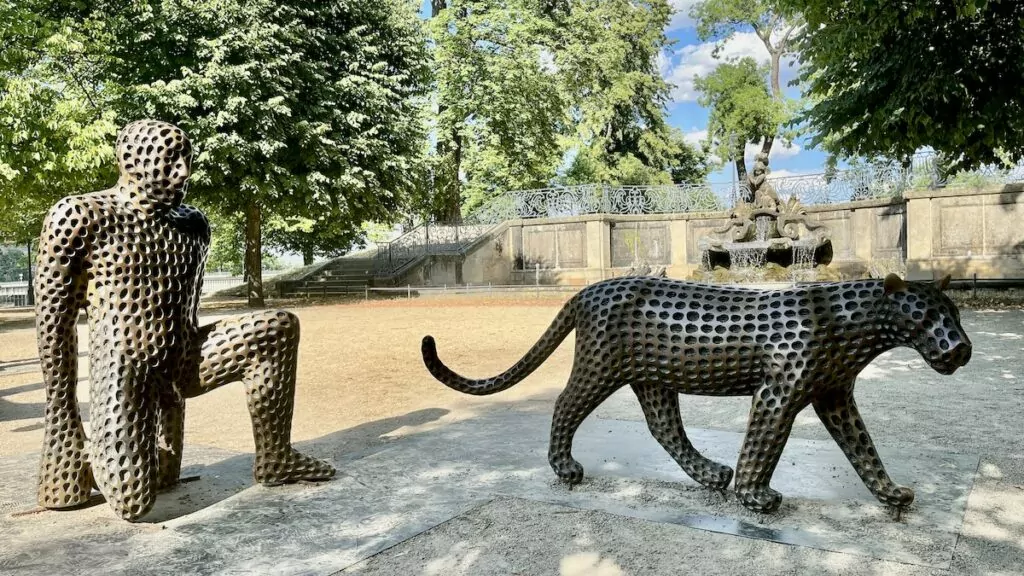
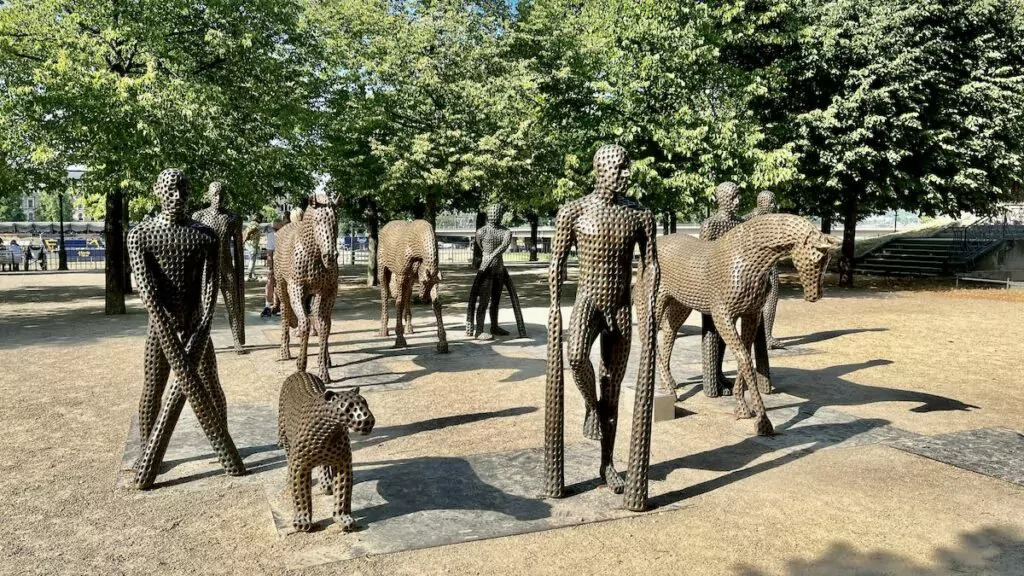
6. Join the adventure with "Festung Xperience".
At Brühl's terrace you will also find the descent to the "Festung Xperience", which can be described as a multimedia experience that tells the story of the fortress that once existed here. You walk around the remains of the fortress, while listening to a story in headphones and watching events play out on the walls. This was really nicely done, and we highly recommend this to anyone who likes history brought to life.
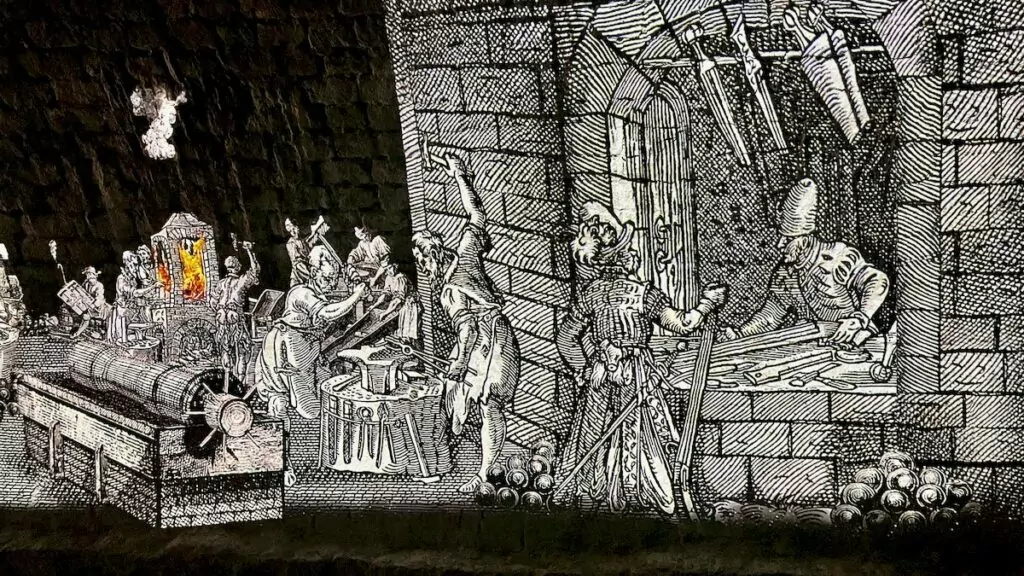
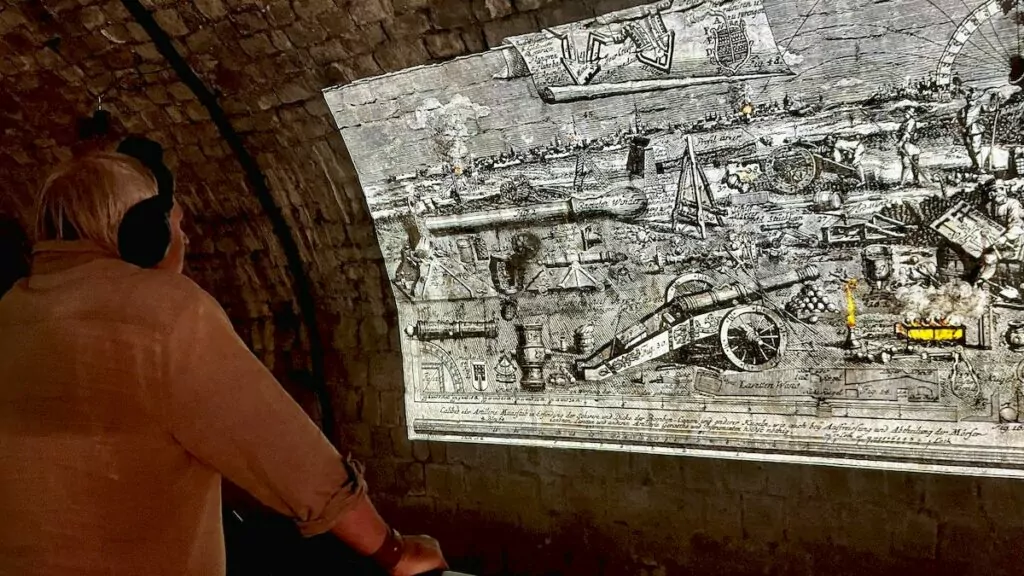
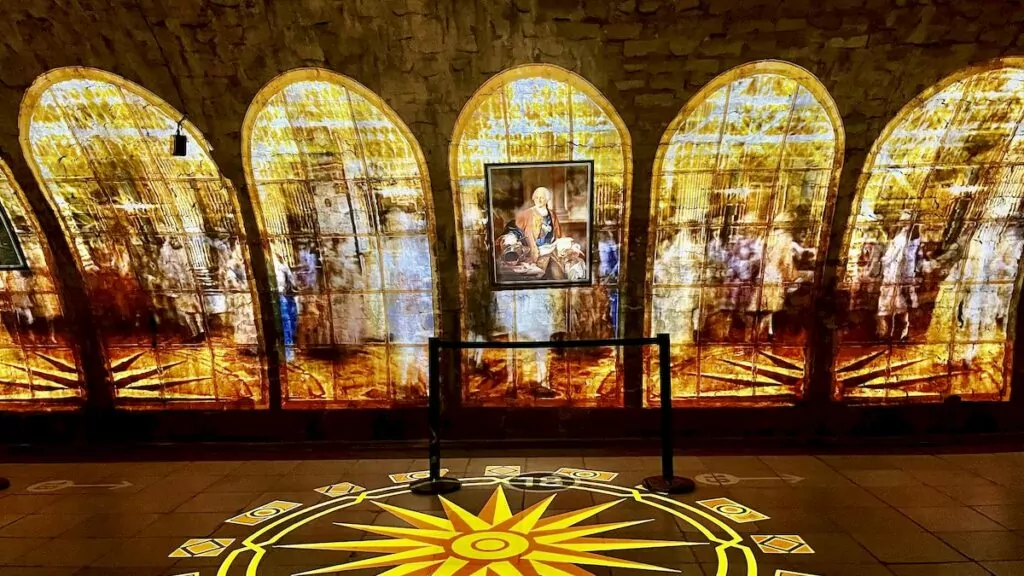
7. Visit the Residence Castle and its museums
The Dresden Residence Palace (Residenzschloss Dresden) is a Renaissance castle that once served as the residence of the Elector of Saxony (1547-1806) and the Kings of Saxony (1806-1918). Large parts of the castle burned down during the war, but the castle has since been rebuilt.
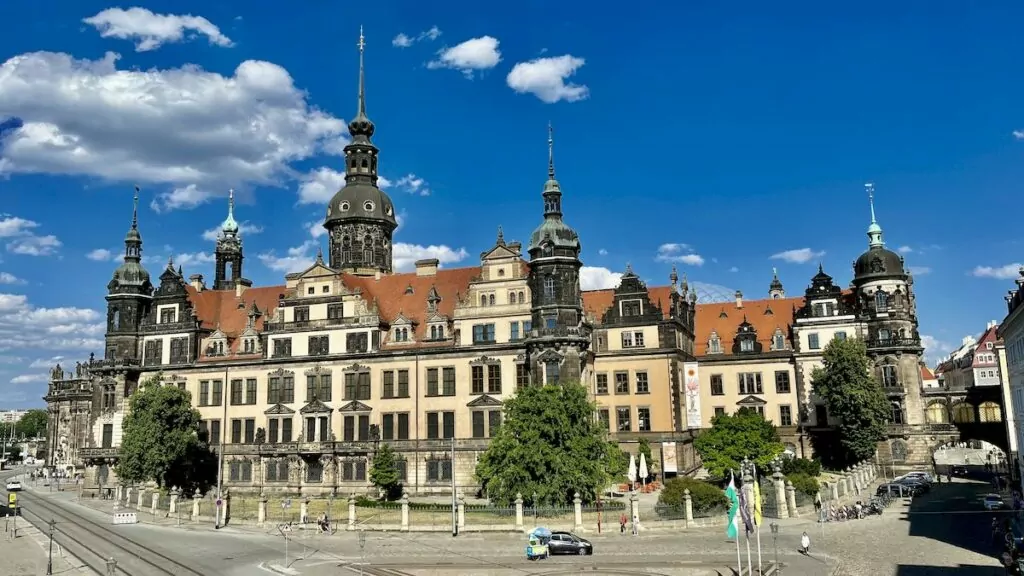
It houses a variety of museums, such as the Coin Cabinet, the Armoury, the Historic Green Vault and the New Green Vault.
We visited the latter two, and most fascinating was the Historic Green Vault, where you walk through extremely ornate rooms filled with treasures made from gold, silver, ivory, gems and rock crystals. However, photography is strictly forbidden here, so the photos below are from the New Green Vault.
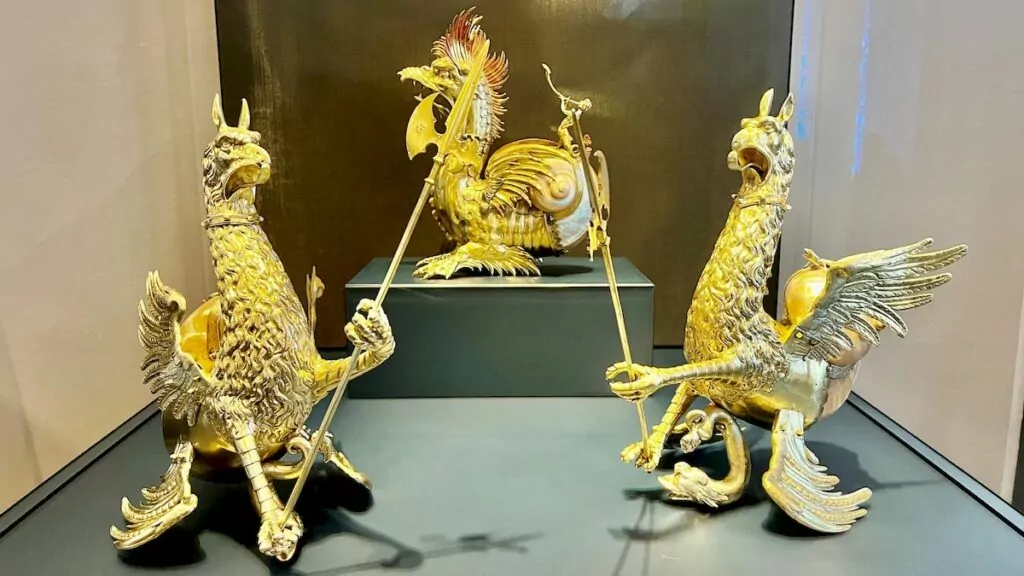
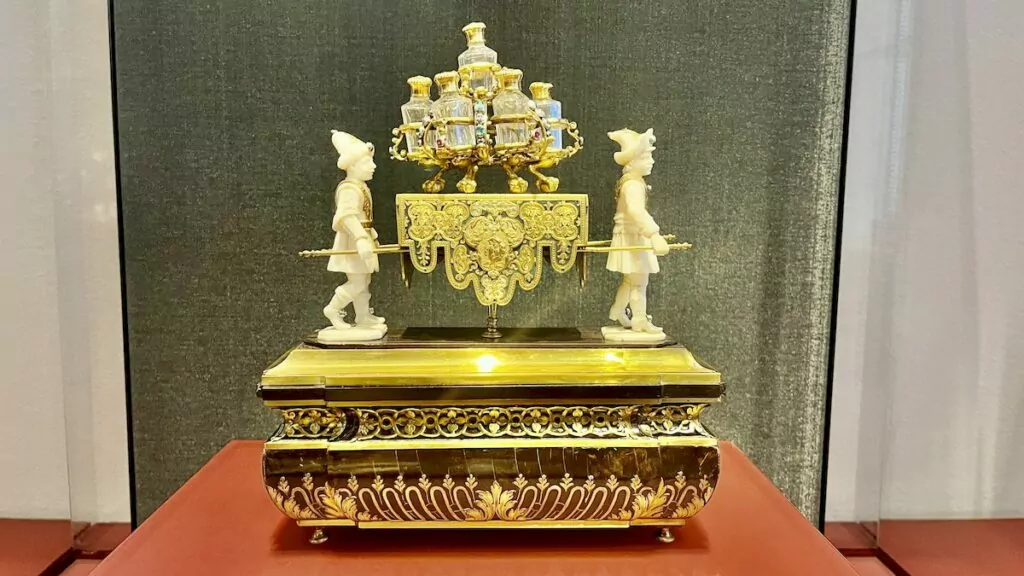
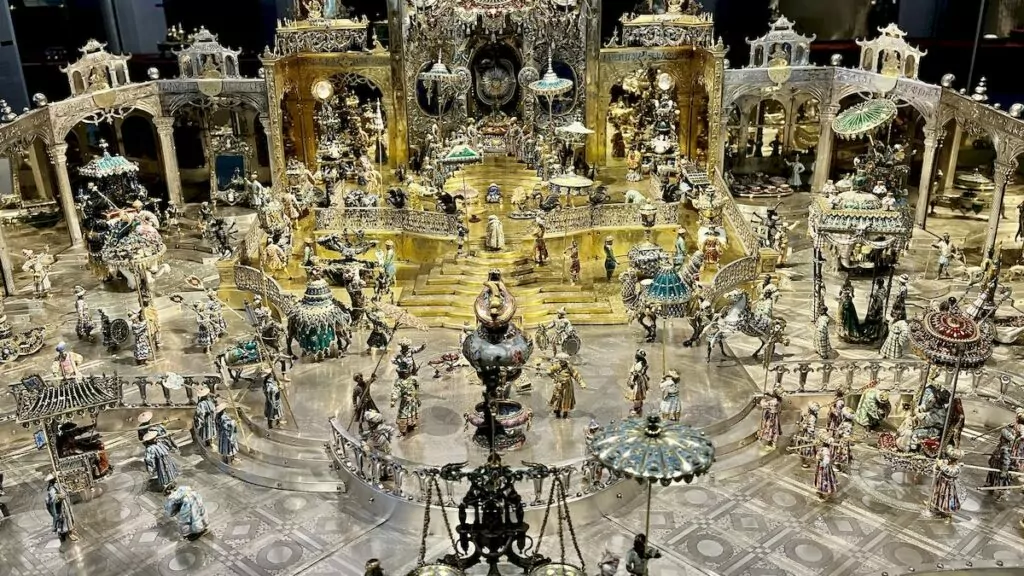
8. Savour the atmosphere at the Zwinger Palace
Of all the outstanding buildings in Dresden, the Zwinger Palace is perhaps one of the most impressive. This large baroque complex was built in 1710-1728, commissioned by August the Strong. Like much of Dresden, the palace was destroyed during the Second World War, but reconstruction began almost immediately.
You can stroll around and discover the building both on top of the walls and among the fountains in the courtyards. Normally, the palace is adorned with a green and beautiful garden, but here construction work was underway at the time ...

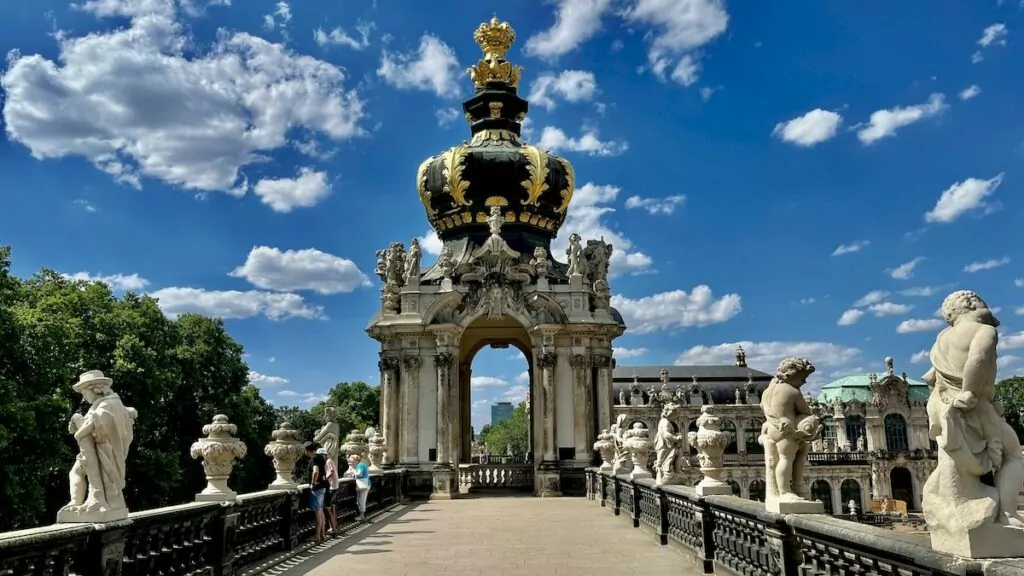
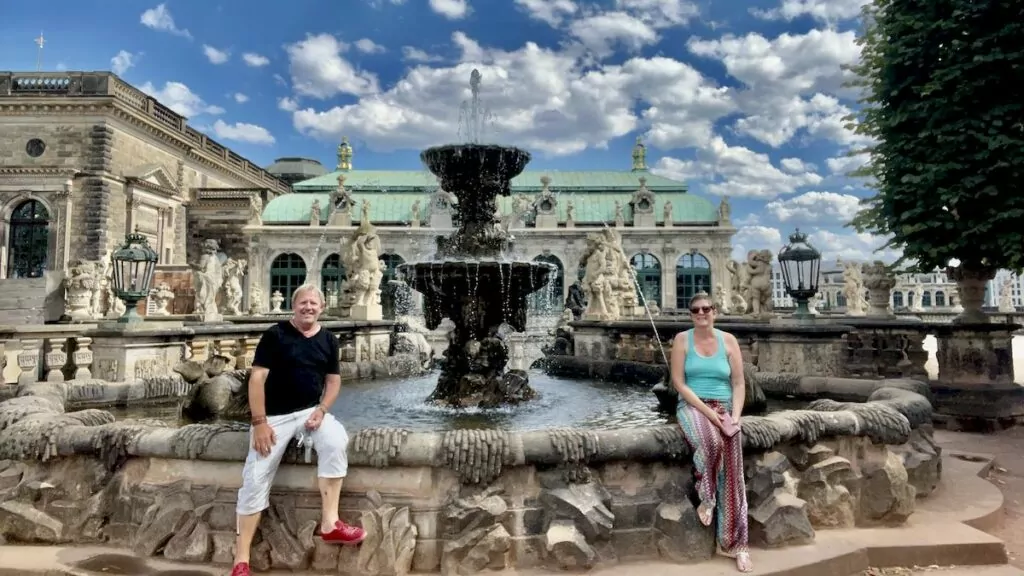
As you can see from my (different) outfits, the palace attracted two visits, plus a coffee at the café in the building.
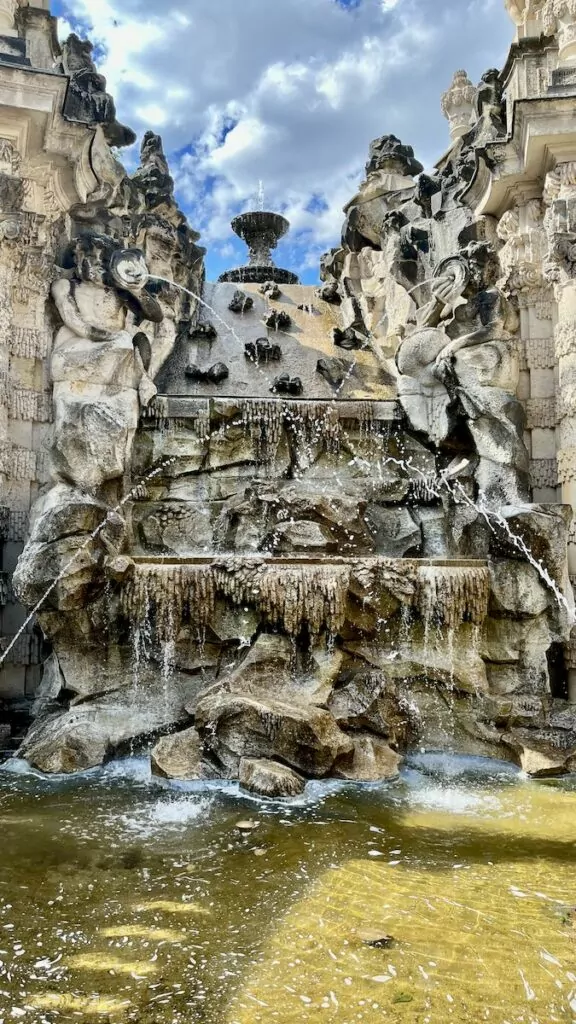
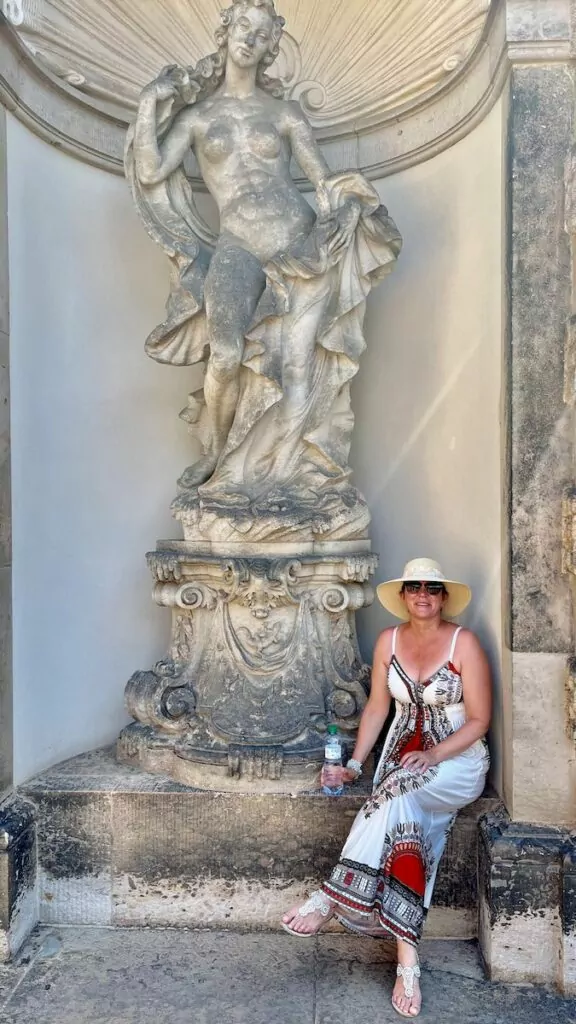
9. Experience the "Zwinger Xperience".
At the Zwinger Palace there is a "sister experience" to the "Festung Xperience". You can borrow a pair of headphones and as you walk between different stations, new stories are automatically fed into the headphones. In some places, you can watch theatre performances that take place on a giant screen, so you are almost sucked into the alternative reality.
At the end, the experience ends with a chair with pedals (small picture on the right). You put on VR goggles and together you pedal your way through the palace in its ancient days. A fun thing to do in Dresden!
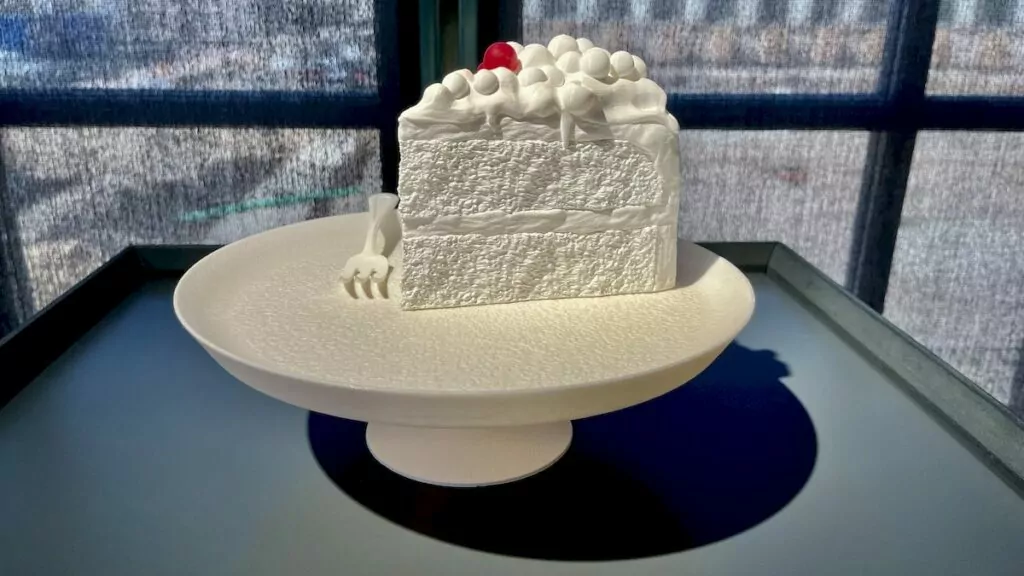
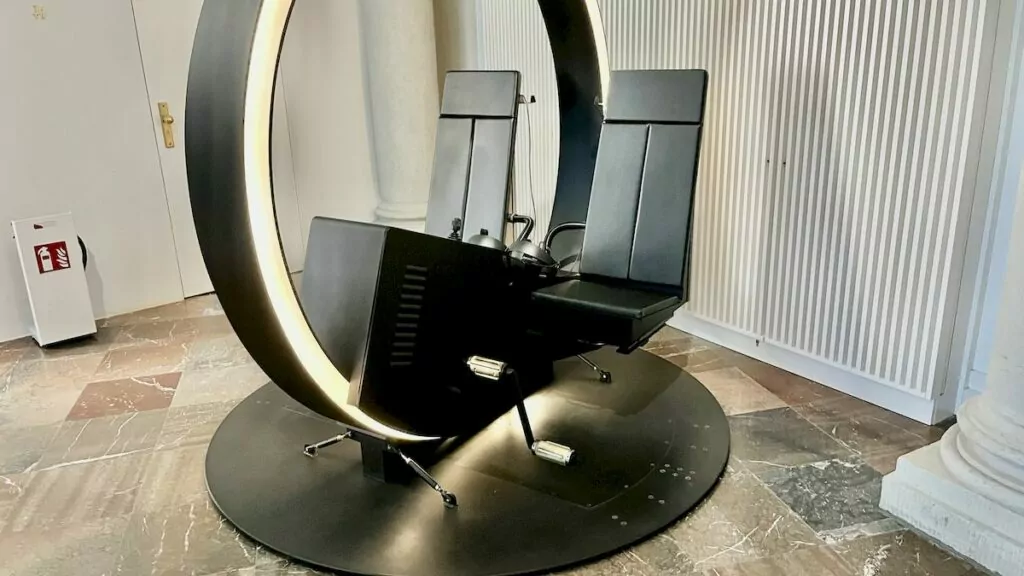
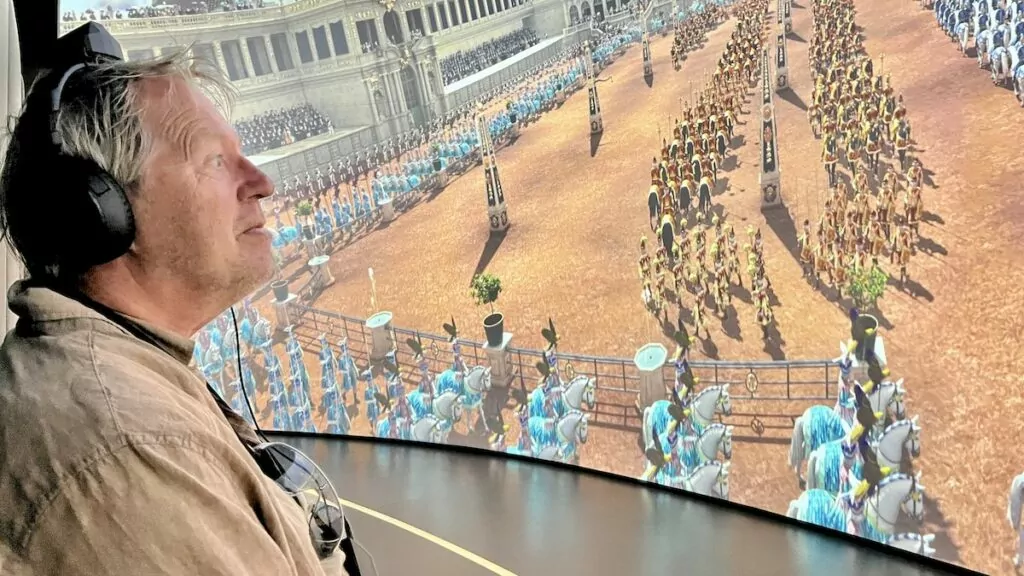
10. See art on "Old Masters Picture Gallery”
For art, check out the "Gemäldgalerie Alte Meister" (Old Masters Picture Gallery) on Theaterplatz near the Zwinger Palace. It displays paintings and sculptures made until the 19th century, as well as various exhibitions.
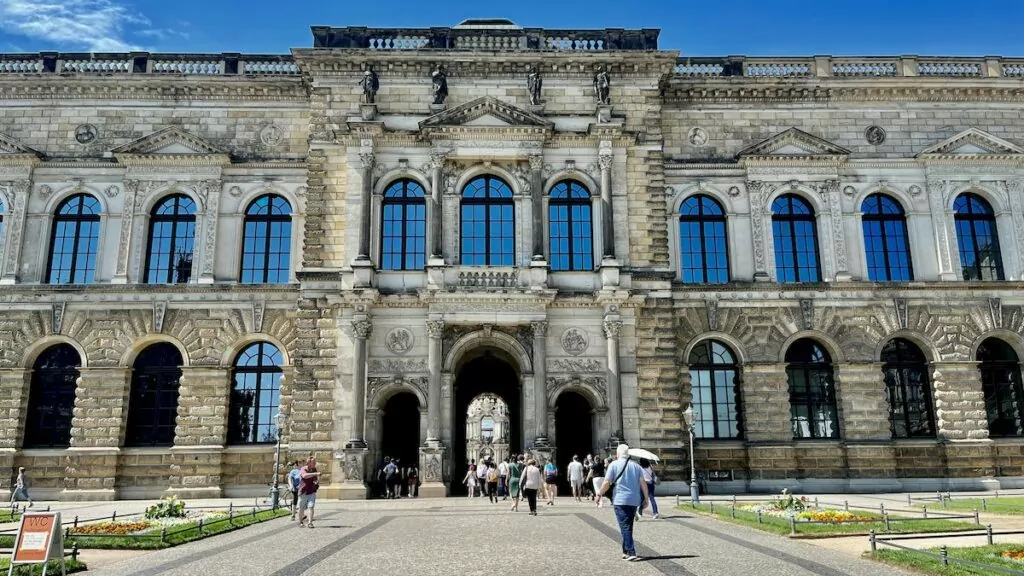
11. See even more art at the Albertinum
If you haven't had enough art, you can also visit the Albertinum, a Renaissance building on the Brühl terrace. It houses the 'Galerie Neue Meister' (New Masters Gallery), with both paintings and sculptures.
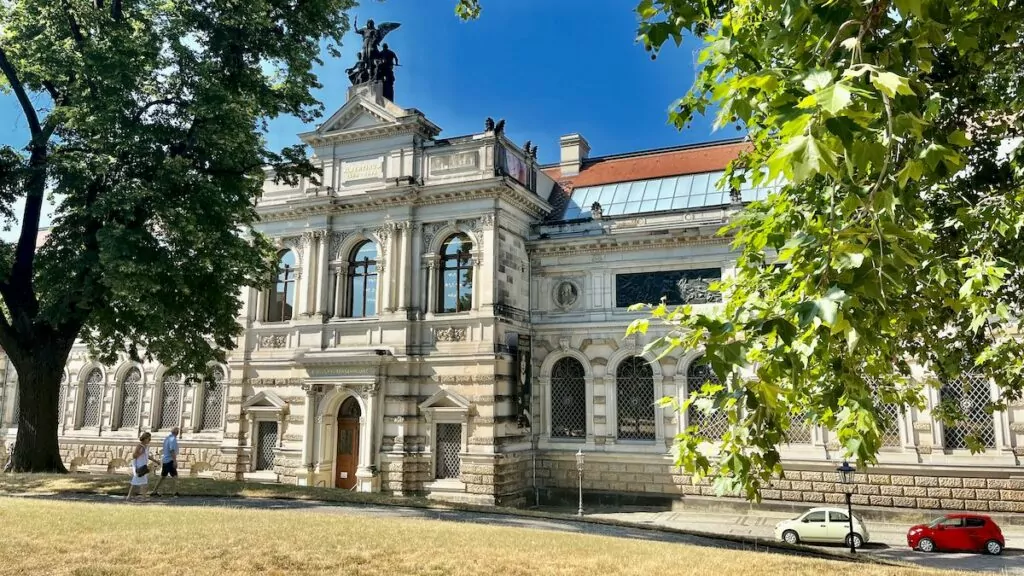
12. Exhale at the Grosser Garten
The Grosser Garten (Great Garden) is a large baroque-style park, which you can find in the centre of Dresden. In the centre of the park is a baroque castle. The park also houses the Dresden Zoo, with around 1400 animals of 235 species.
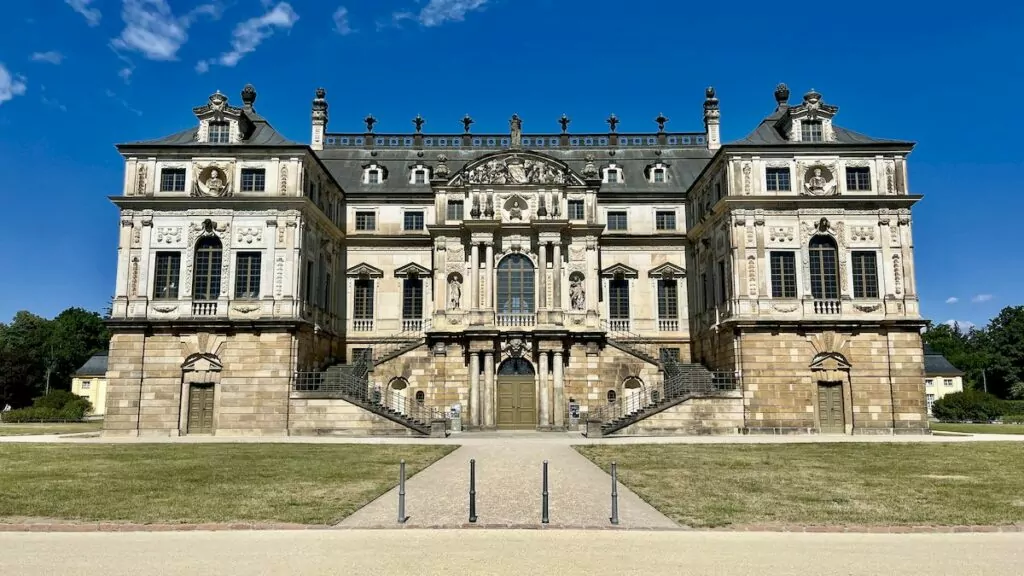
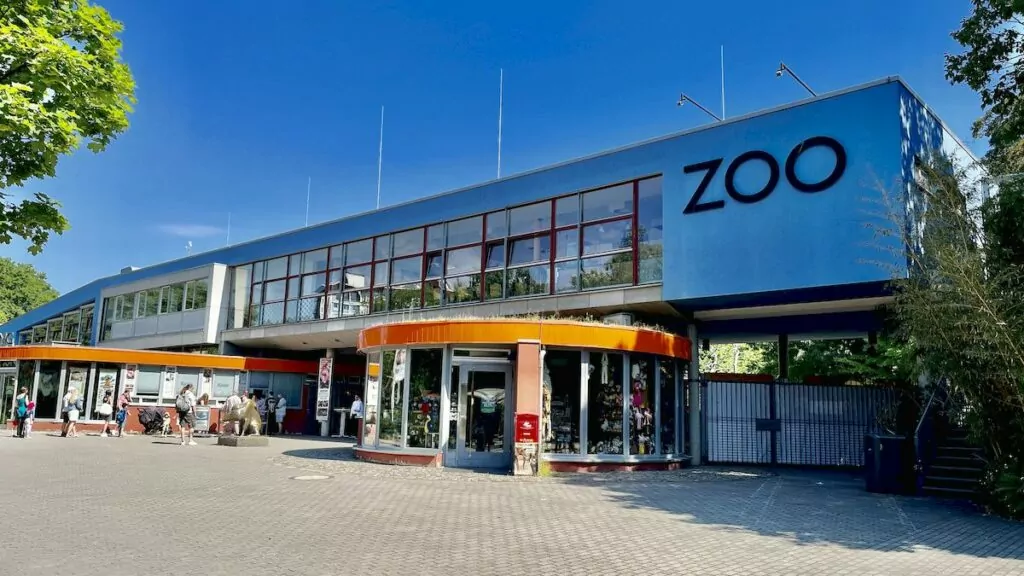
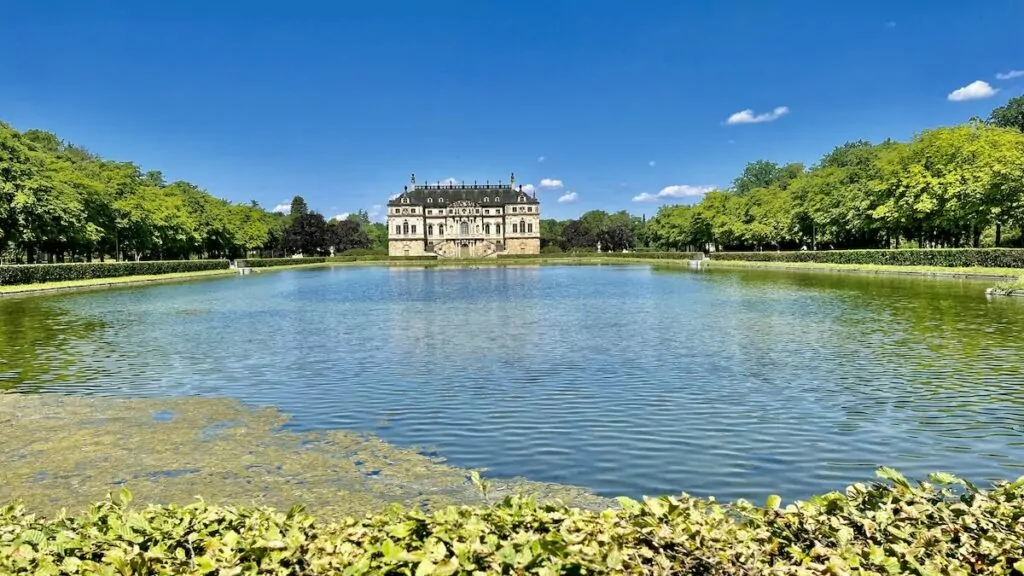
13. Cruising on the Elbe
The Elbe flows right through Dresden and it's nice to stand on one of the bridges and look out over the boats. Of course, you can also go on a river cruise. There are a number of different sightseeing tours to choose from, such as the 'Sächsische Dampfschifffahrt' company. A great thing to do in Dresden, especially in the summer!
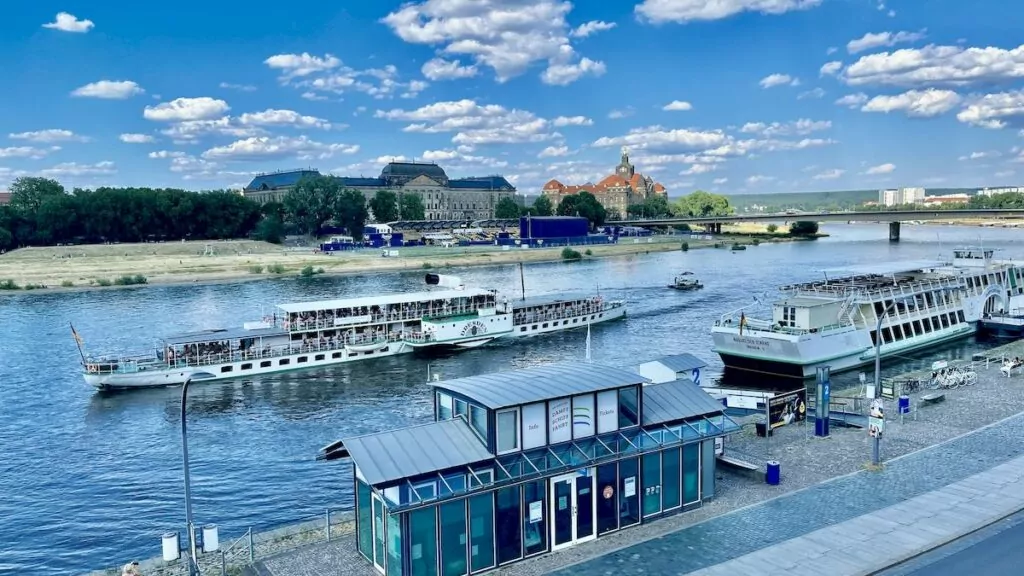
14. Hang out in the Neustadt neighbourhood
If you want to see a completely different On the other side of Dresden, head to the Neustadt district, which is on the other side of the Elbe from the Old Town. In this neighbourhood you can see a lot of street art, among other things.
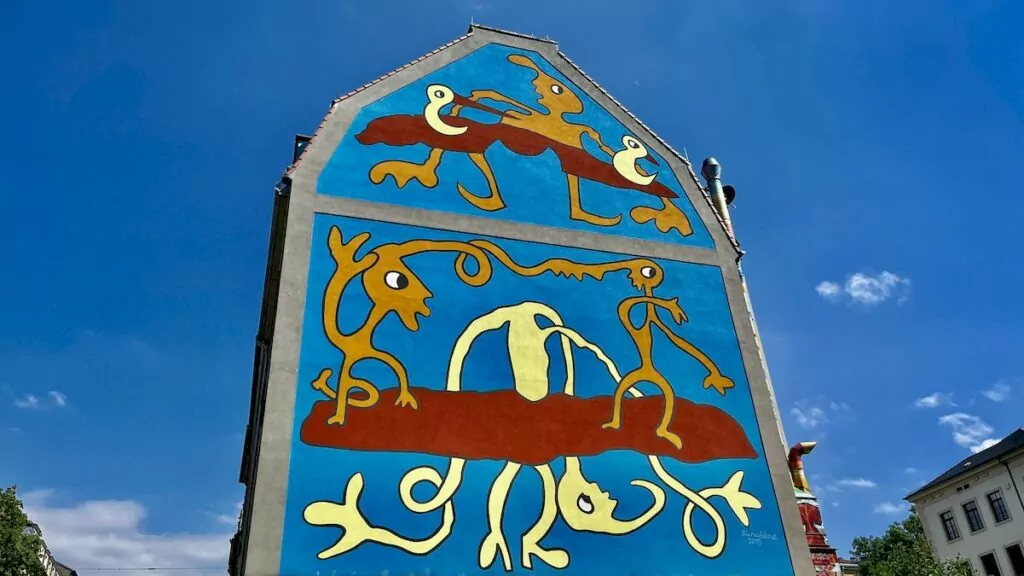
You can also experience much more bohemian neighbourhoods, with cosy alleys, cafés and vintage shops.
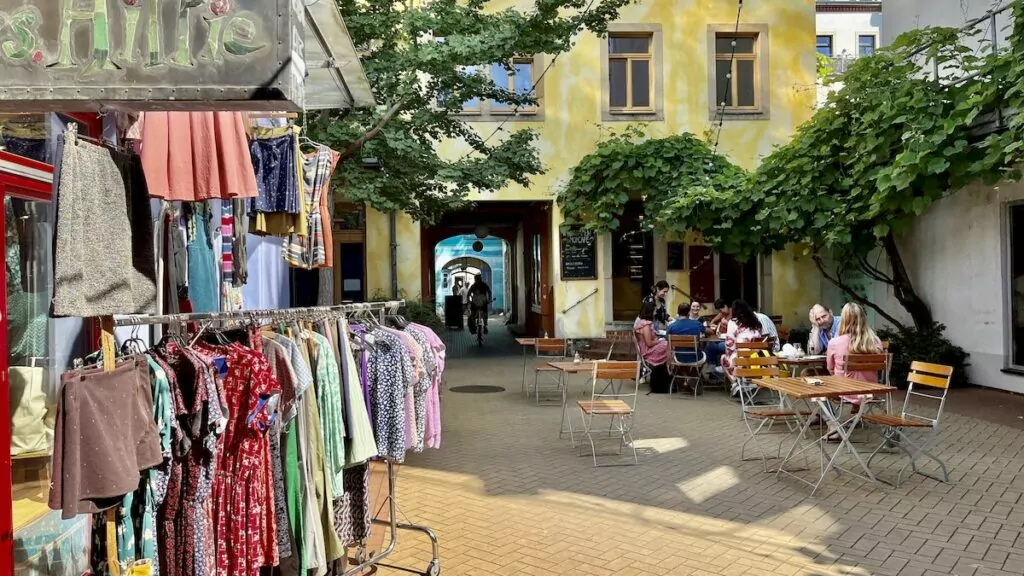
15. Take a look at the Kunsthofpassage.
In the Neustadt district, you can specifically look for the "Kunsthofpassage", which is a kind of art centre that extends over a few blocks. Here you can see, among other things, creatively and playfully decorated house facades.
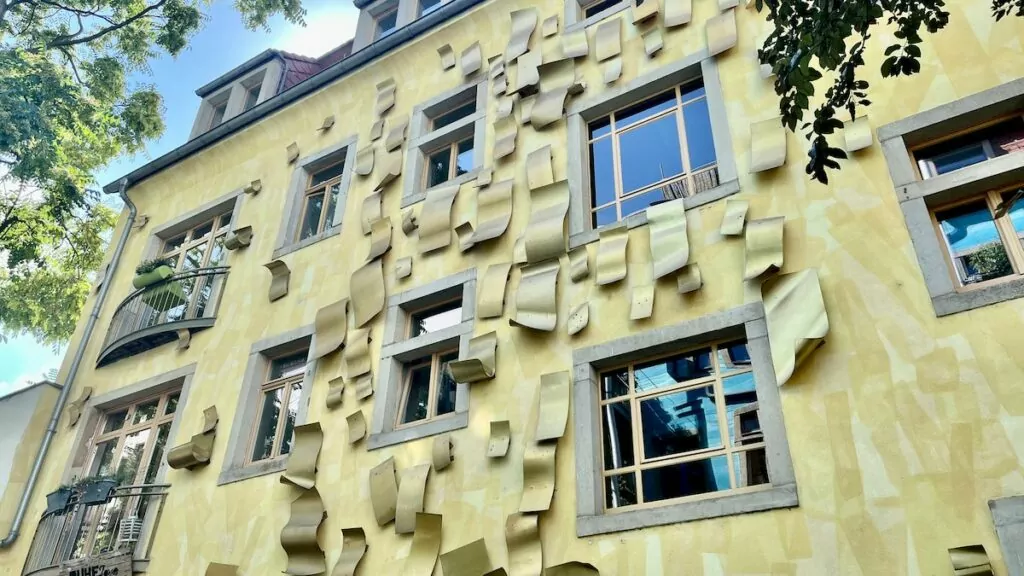
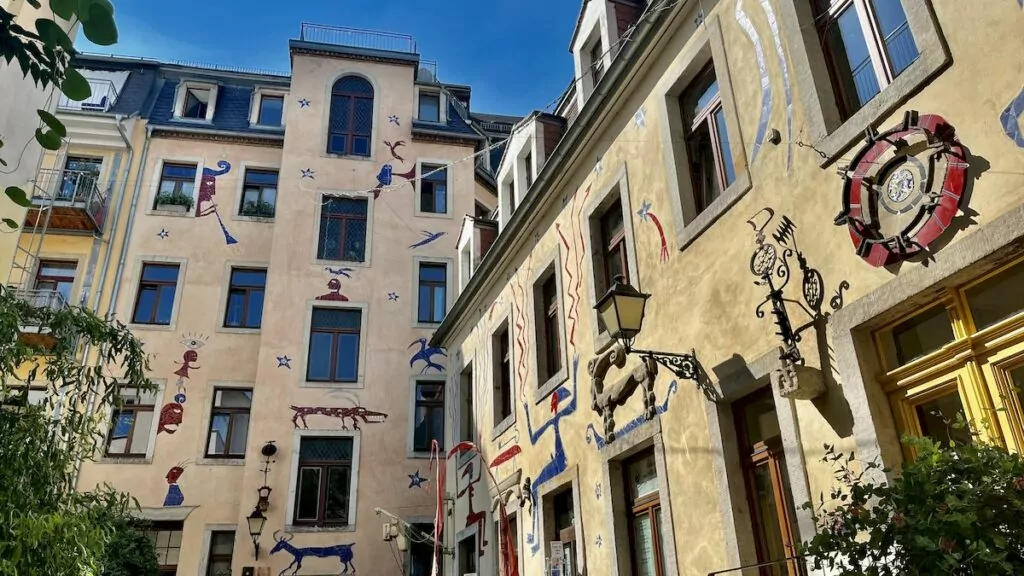
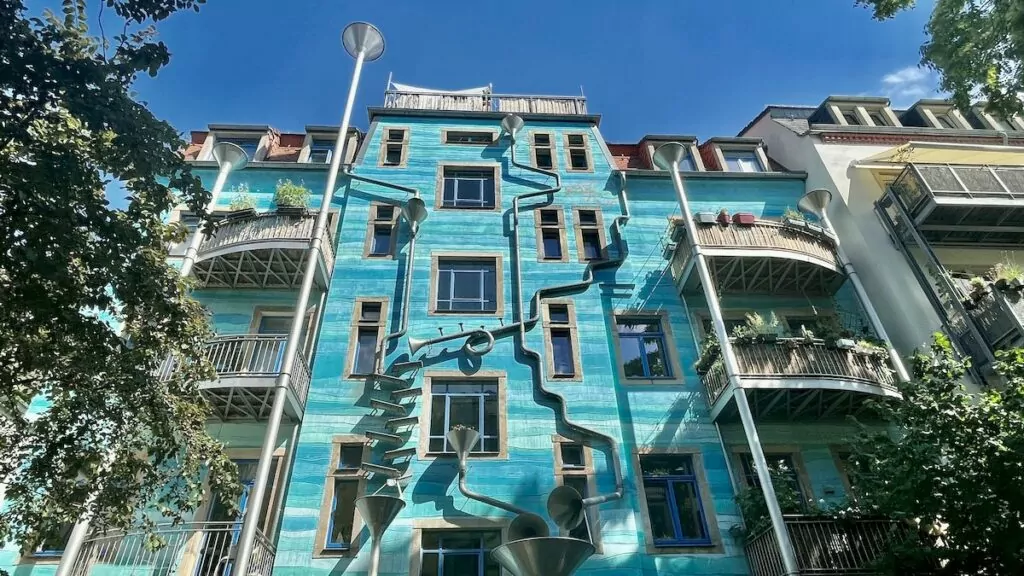
16. Discover Pillnitz Castle and Gardens
Pillnitz Castle (Schloss Pillnitz) is a restored baroque castle at the eastern end of Dresden. The castle is beautifully situated on the banks of the Elbe and once served as the summer residence of Saxony's electoral princes and kings. The complex consists of three main buildings: the Water Palace (Wasserpalais), the Mountain Palace (Bergpalais) and the New Palace (Neues Palais), surrounded by beautiful gardens and a café/restaurant.
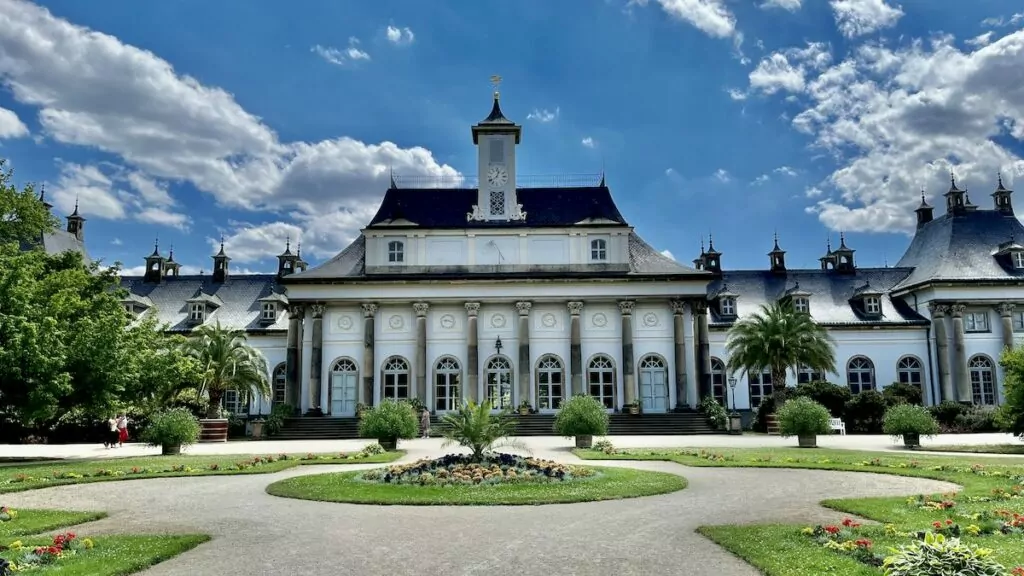
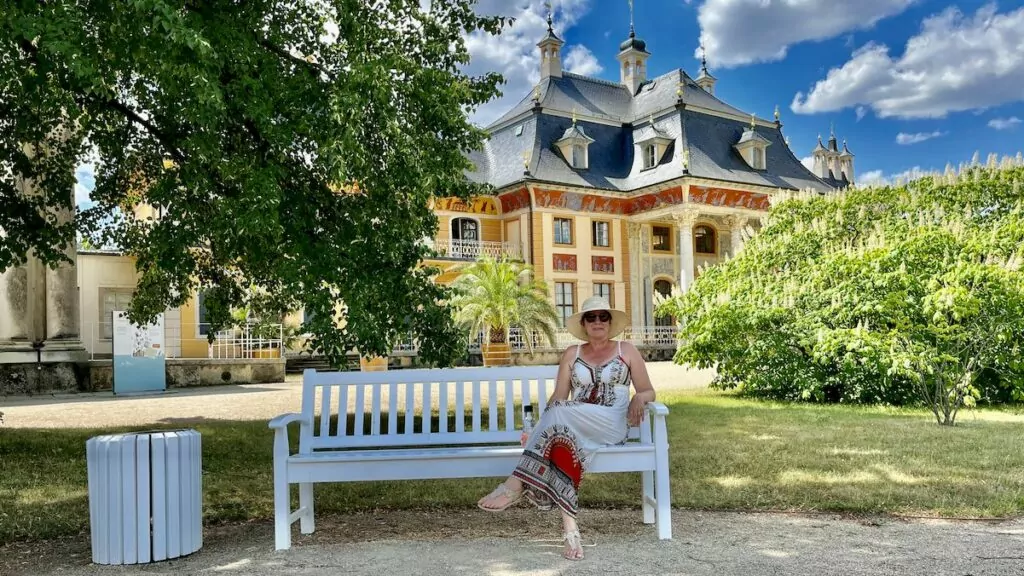
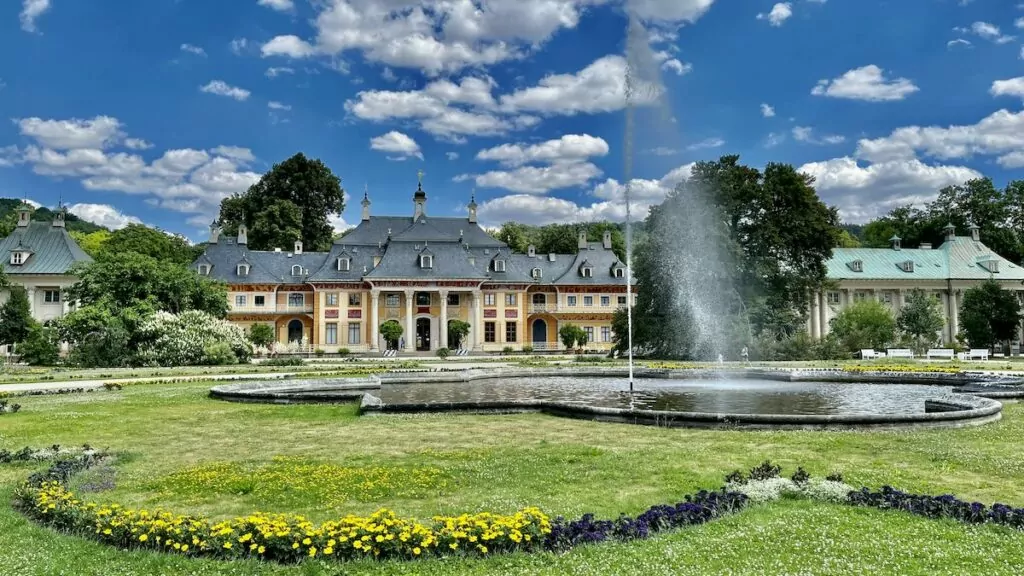
When visiting the castle, you can choose between paying only to visit the gardens, or to also visit the interior of the buildings. We chose to see the interior of the castle as well, and in this way we got to see several amazingly beautiful rooms.
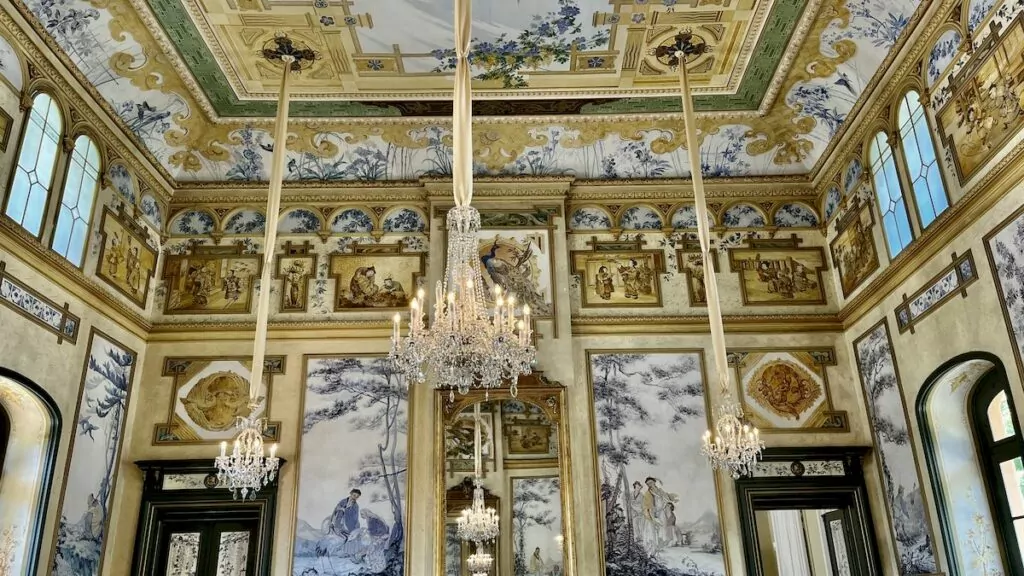
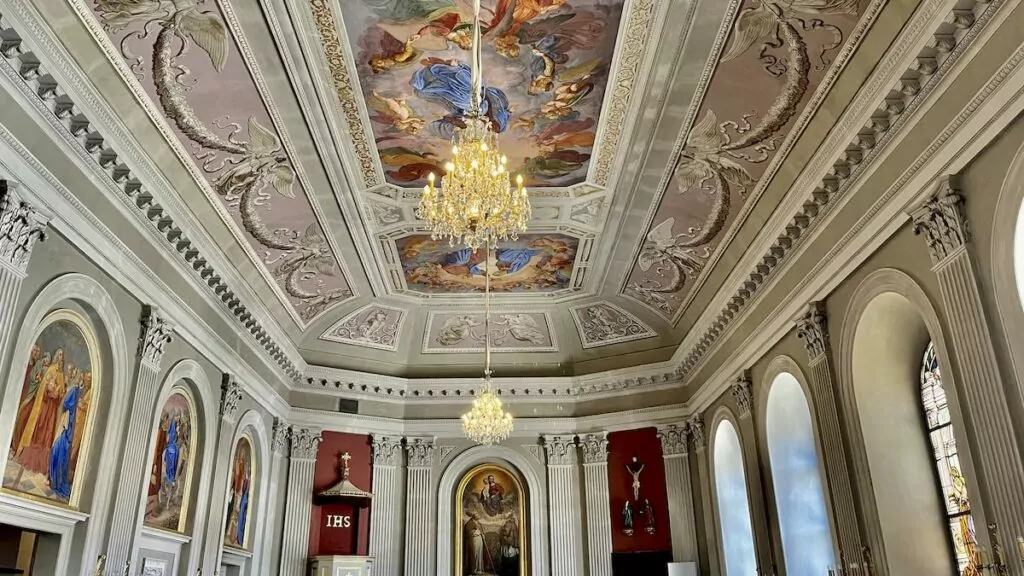
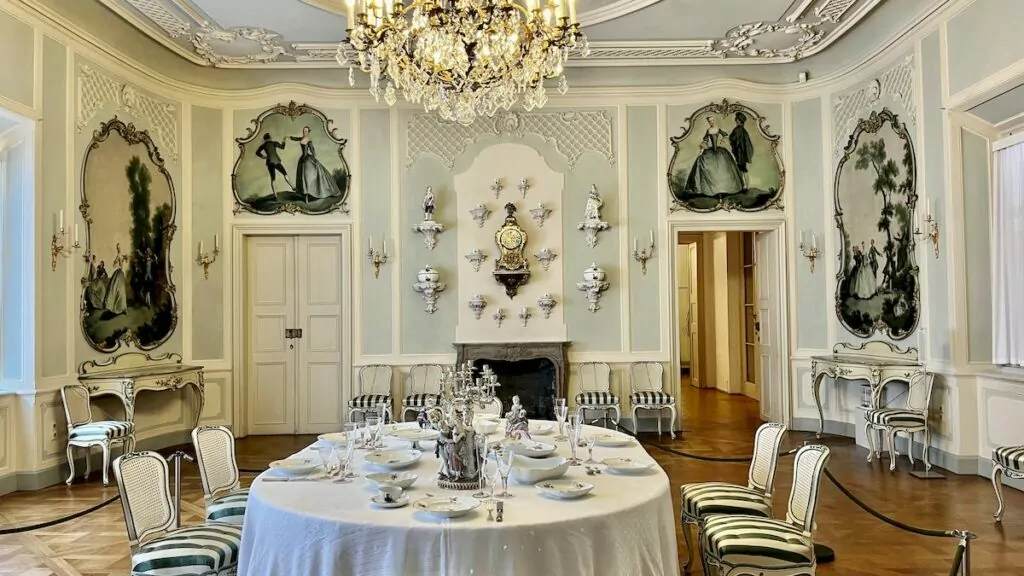
17. Take an excursion to Moritzburg Castle
Another castle you can visit nearby is Moritzburg Castle. This castle served as a hunting lodge for the Saxon Electors. Today, the castle is open to tourists and you can take a look around the rooms with a digital 'histopad', which helps you see what it looked like when the halls were once filled with people dressed for a party.
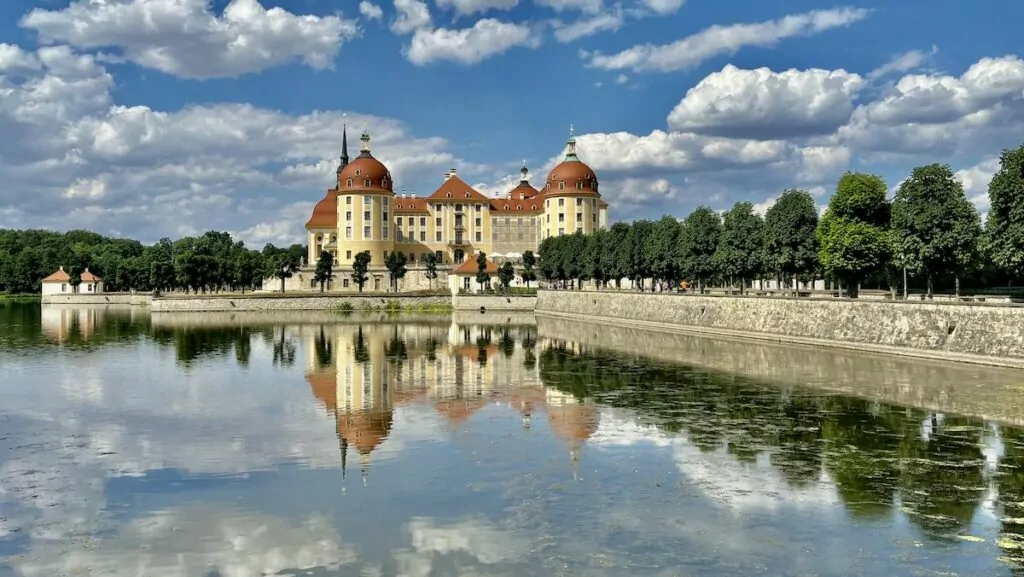
18. Hiking in Saxon Switzerland
Dresden is surrounded by beautiful nature and several different nature reserves. Also nearby is the famous and stunning Saxon Switzerland National Park (Sächsische Schweiz). Here you can take the opportunity to visit, or possibly hike to, the fabulous and often depicted sandstone bridge in Bastei.
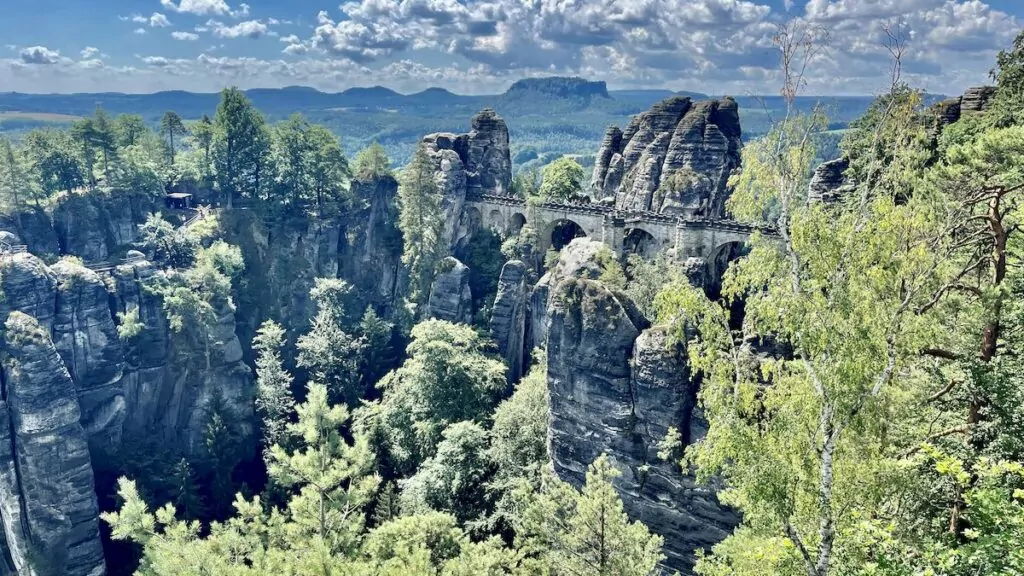
More things to do in Dresden for culture and history lovers
Want to experience even more in this beautiful city? Here are more suggestions for things to do in Dresden and the surrounding area for those interested in culture and history.
- Dresden porcelain collection is located in the Zwinger Palace, and is part of the state art collection (Zwinger Palace).
- Palace of Culture Dresden is a modernist building for events, concerts and shows (Schlosstrasse 2).
- Panometer shows the history of Dresden in a 360 degree panoramic view (Gasanstaltstrasse 8B).
- Semper Opera is an opera house where you can see opera, ballet and concerts (Theaterplatz 2).
- stable yard is the castle's stable building. Today the area is used for various cultural events (Taschenberg 2).
- German Hygiene Museum is a medical museum. (Lingnerpl. 1)
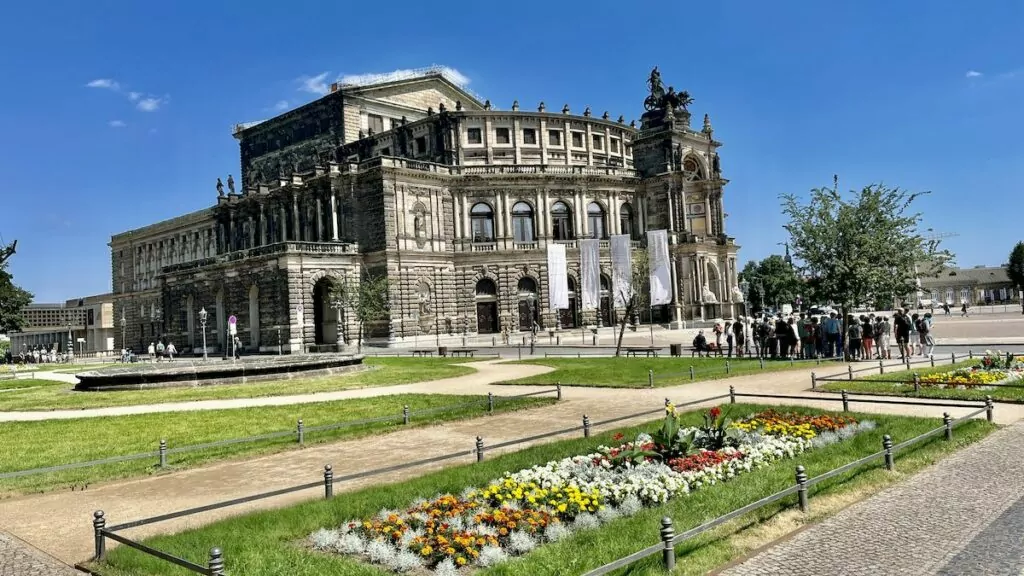
More to do in Dresden with kids or teens
Travelling with children or teenagers? Then you'll find some more tips for things to do in Dresden here.
- Dresden Transport Museum shows vehicles such as trains, cars, boats and aeroplanes (Augustusstrasse 1).
- Dresden Zoo showcases animals from around the world (Tiergartenstrasse 1).
- Horse and carriage ride is popular in the old city centre.
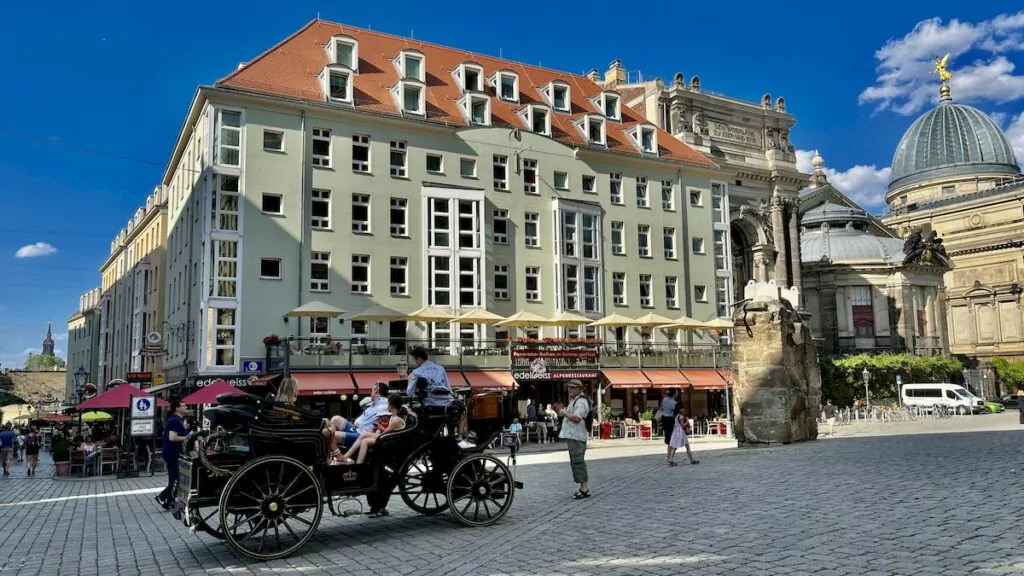
Where can you live or stay with your campervan?
There are of course many different hotels and other accommodation options in Dresden to choose from. We travelled to Dresden by motorhome and stayed at Wiesentorstrasse car park, which has an excellent location for visiting both the Old Town and the New Town. There is electricity for about 15 motorhomes and there is plenty of shade under the trees. There are a few other sites in Dresden that are less centrally located.
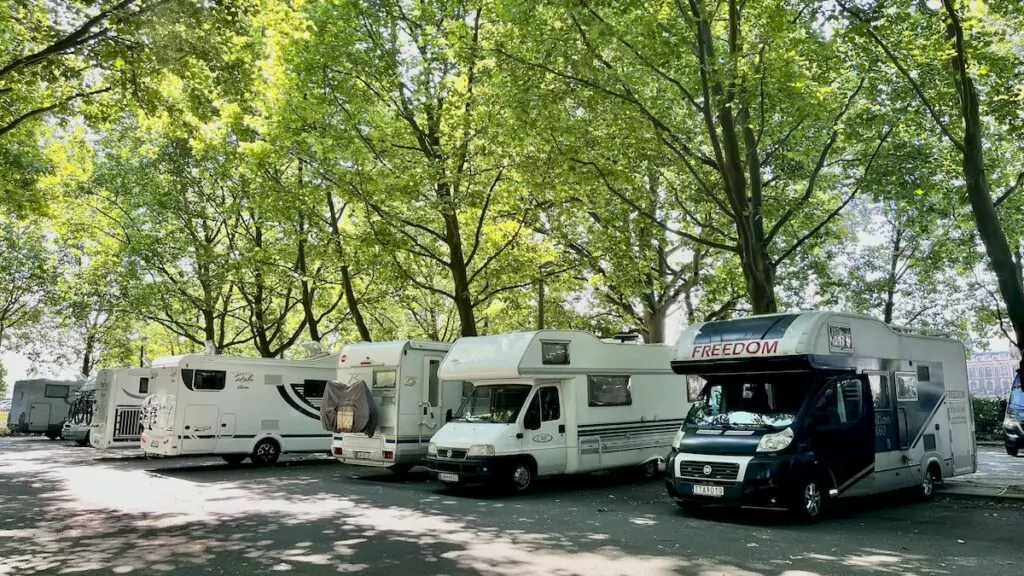
Things to do in Dresden - on film
More things to see and do near Dresden
There is, of course, more to see and do near Dresden. For example, you can visit the beautiful and historic town of Meissen. It's also not far to Königstein, with the great the fortress of Festung Königstein.
4 German themed roads we dream of
German theme roads offer ready-made routes through picturesque landscapes, often with sights lined up in a row. Wine route,...
Active holiday in Mecklenburg-Vorpommern - 8 things to do
Did you know that Mecklenburg-Vorpommern, located on the German Baltic Sea coast, offers plenty of opportunities for...
Moritzburg Castle near Dresden - a fairytale hunting lodge
Moritzburg Castle near Dresden is a beautiful and fabulous hunting and baroque castle, well worth a visit....
Travelling by motorhome in Germany - all you need to know
What is it like travelling by motorhome in Germany? We have travelled many times by motorhome...
Things to do in Goslar - 11 tips for a historic town in Germany
What to do in Goslar? This German town is a charming and historic little gem,...
Amusement parks in northern Germany - 6 exciting parks
Have you visited any amusement parks in northern Germany? There are several classic amusement parks with exciting and...
Autobahn through Germany - and two nights of camping
Now we are in Germany! We haven't written for a few days, because we haven't...
Saxon Switzerland - day trip from the Czech Republic to Germany
Saxon Switzerland is a mountainous area and national park in Germany with stunning and dramatic scenery. The natural area...
Festung Königstein - mighty fortress in Germany
Festung Königstein in Germany is Europe's largest existing mountain fortress, rising mightily above the River Elbe....
The Roman Empire in Germany - 6 sites from the Roman period
The Roman Empire in Germany? Yes, indeed! Ancient Rome was a powerful empire that originated in Rome, but...
Things to do in Wittenberg - 11 tips for the Lutheran city in Germany
What to do in Wittenberg, Germany? In this city, officially called 'Lutherstadt Wittenberg'...
What to do in Hannover - 15 sights and experiences
What to do in Hannover? We visited the capital city of the German state of Lower Saxony because we...
Schwerin Castle - fairytale castle in northern Germany
Schwerin Castle is a beautiful fairytale castle with battlements and towers, located in northern Germany....
By ferry to Germany - at the coast
Yesterday morning we left Trelleborg and Sweden and rolled aboard a ferry to Germany, more...
The boat lift in Niederfinow - with a lifting height of 36 metres
The boat lift in Niederfinow in the German Oder-Havel Canal is a fascinating piece of lifting equipment, which lifts boats as much as 36...
Finnlines Malmö - Travemünde - en route to Hamburg
To get to Germany and Hamburg we took Finnlines Malmö - Travemünde. This route suited...
Elbphilharmonie in Hamburg - concert hall and landmark building
The Elbphilharmonie in Hamburg is a concert hall, but also a landmark. This year, the concert hall is 5 years old,...
Sailing in Germany - from Krummin to Greifswald
Sailing in Germany can be anything from soaking up the sun on deck to...
Guided Beatles tour in Hamburg - join us at the Reeperbahn
We have done a guided Beatles tour in Hamburg, and we highly recommend it. Very interesting...
Things to do in Magdeburg - 12 tips for the Ottostadt in Germany
What to do in Magdeburg, Germany? This city, sometimes referred to as the 'Ottostadt', has a...
Mines and caves in Germany - 7 exciting tips
Did you know that there are many exciting mines and caves in Germany to visit? We have...
German food - 25 German dishes and delicacies
German food - what is it really? We list 25 German dishes and delicacies, and tell you...
Things to do in Baden-Baden - 16 tips for an ancient German spa town
What to do in Baden-Baden, Germany? This town is an ancient and beautiful spa...
Which ferries run from Sweden to Germany? - 5 options
Which ferries go from Sweden to Germany? We have travelled many times from Sweden to Germany...
Things to do in Dessau - 14 tips for the Bauhaus city
What to do in Dessau, Germany? Dessau is best known for the Bauhaus (and...
The half-timbered road in Germany - a cosy holiday route
The half-timbered road in Germany is a wonderfully cosy holiday route. This is a perfect route to follow for...
10 picturesque towns in Germany - a great road trip
Writer: Helena Bergström Today we present ten picturesque towns in Germany - along a route of...
Facts about Germany - 30 things you (might) not have known
Facts about Germany and Germany is the second largest country in Europe with 82 per cent of the...
Tour of Northern Germany - take a 'Beach Basket' trip
In May this year we travelled around northern Germany together with 6 other motorhomes,...
Krummin guest harbour - and bike ride to Freest and Wolgast
Krummin guest harbour is a nice guest harbour on the island of Usedom in Germany. We sailed here, with South...
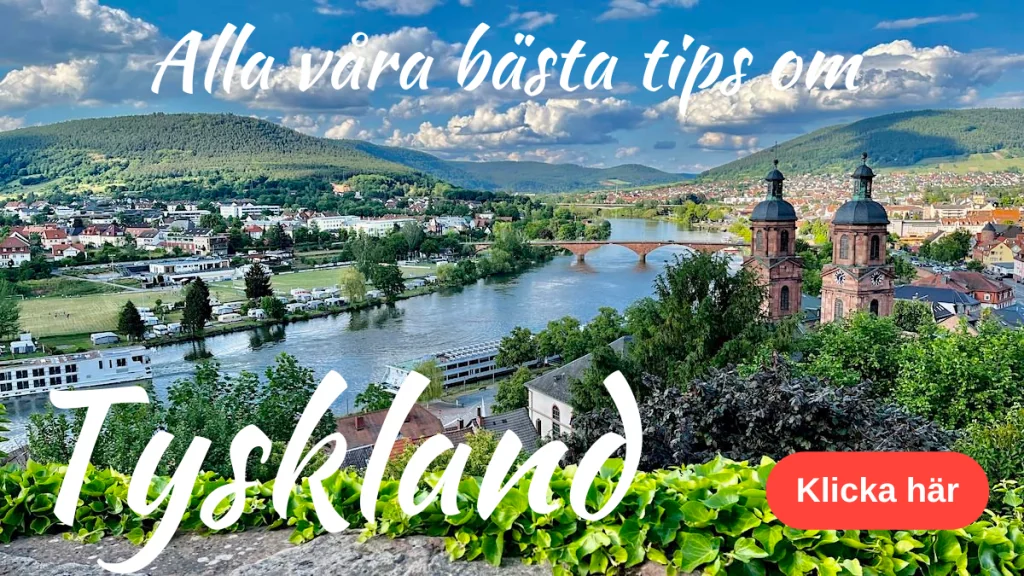
Even more things to see and do in Dresden?
Have you been to Dresden? Tell us about your experience and your relationship with the city! Do you have even more tips for things to see and do in Dresden?
Facts about Dresden
- Country: Germany
- Federal Republic of Germany: Saxony
- Residents: Approximately 555 000 (2019)
- Read more: You can find more information at the city's website.
Travelling to Dresden
- Flight: You can fly to Dresden from various airports in Sweden, with a stopover in another European city.
- Car: You can take a ferry, for example FRS Baltic from Ystad to Sassnitz. From Sassnitz it takes about 5 hours to drive to Dresden.


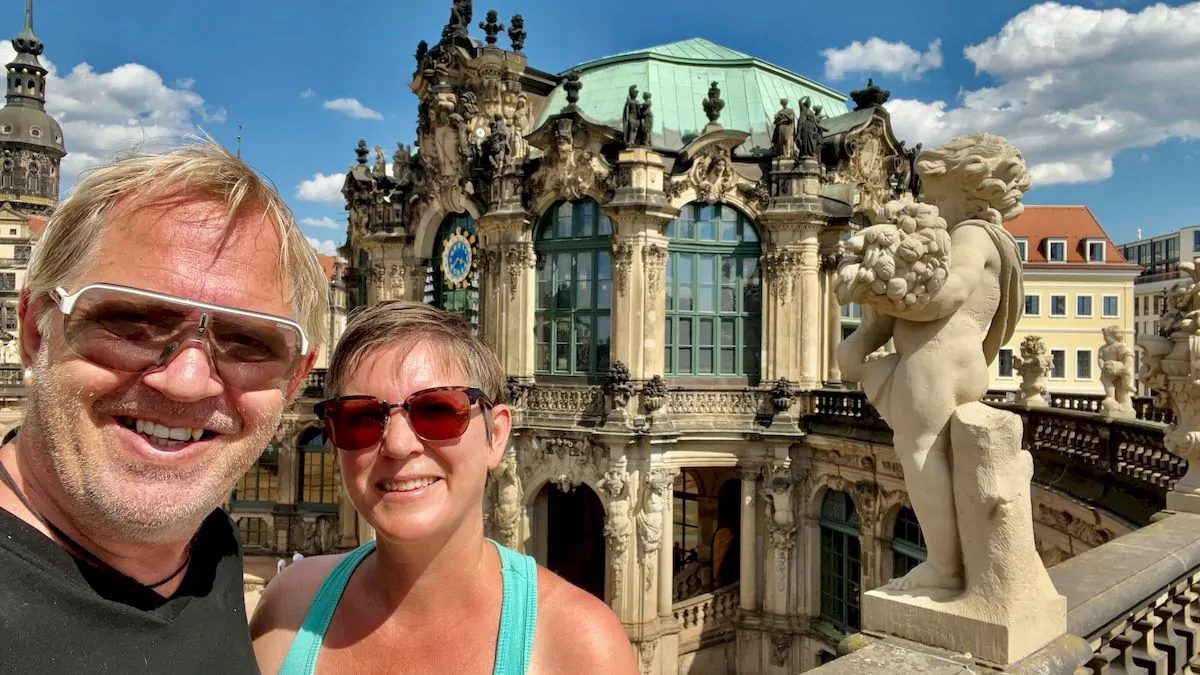






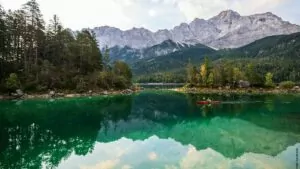
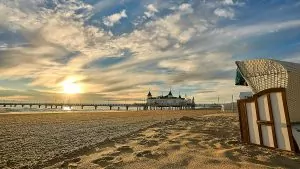
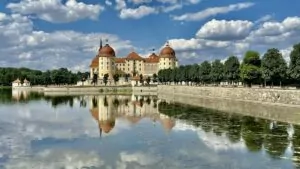
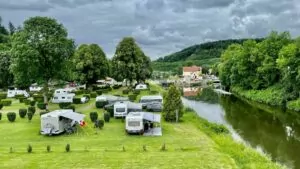
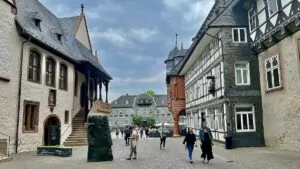
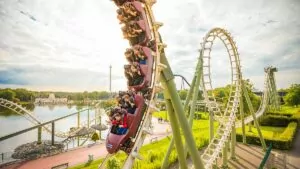
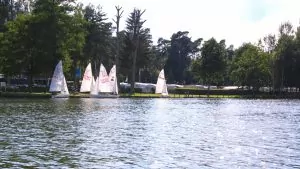
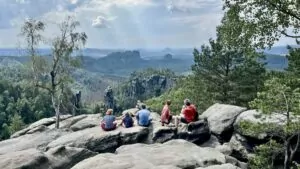
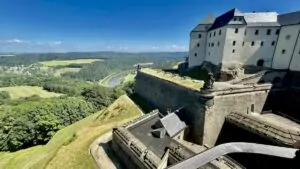
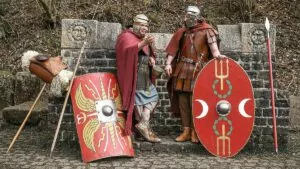
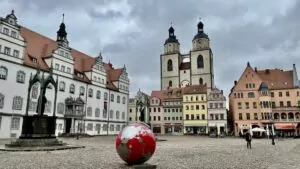
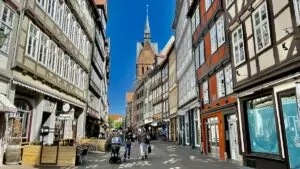
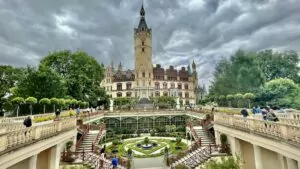
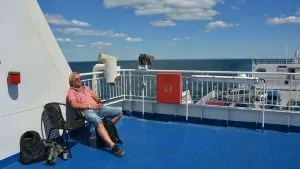
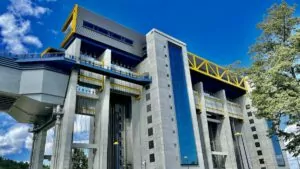
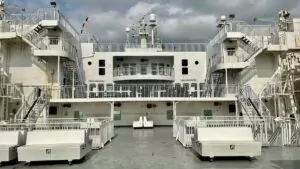
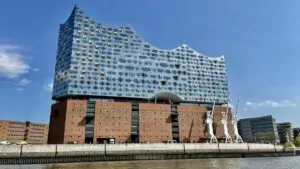
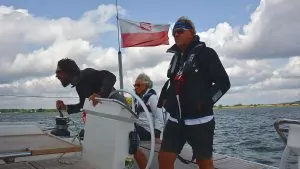
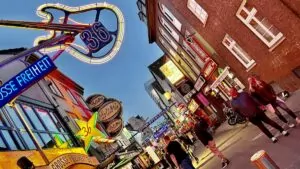
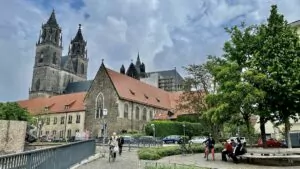
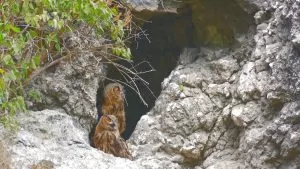
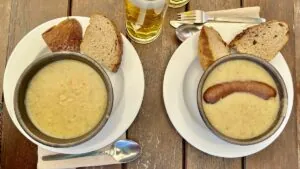
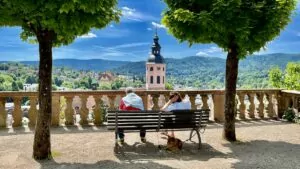
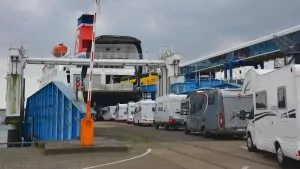
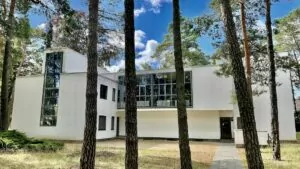
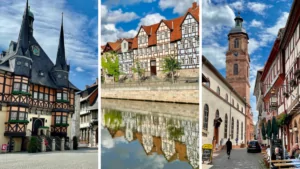
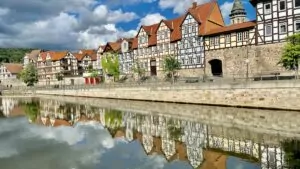
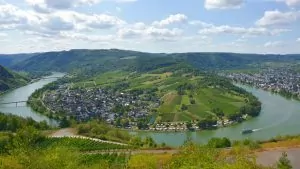
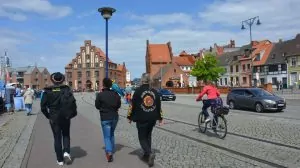
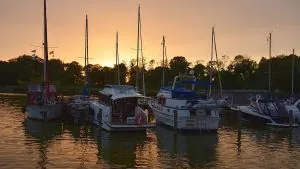
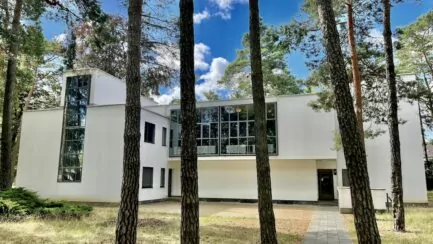
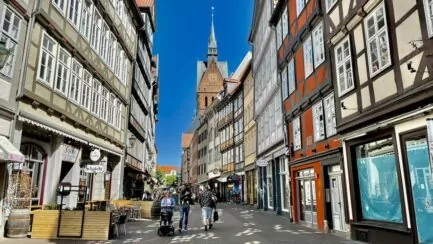
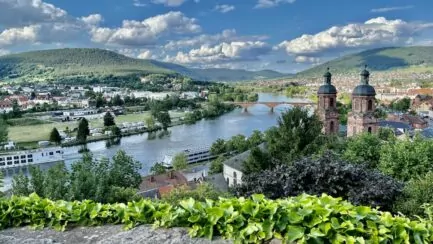
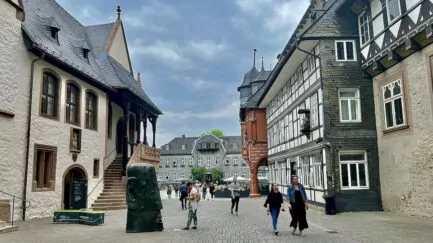
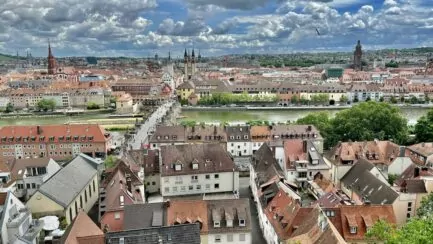
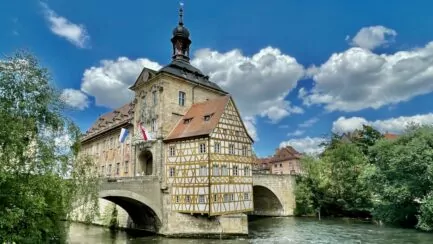



BP says:
Here I'm immediately drawn to the artworks and house facades. So delicious.
Dresden and Leipzig are the cities that the German state invested the most money in after the fall of the GDR. It shows.
20 July 2022 - 20:16
Helena says:
We also liked the art and the facades! And yes, you can always tell that money has been spent! It can't have been cheap to rebuild all these amazing buildings.
23 July 2022 - 7:05